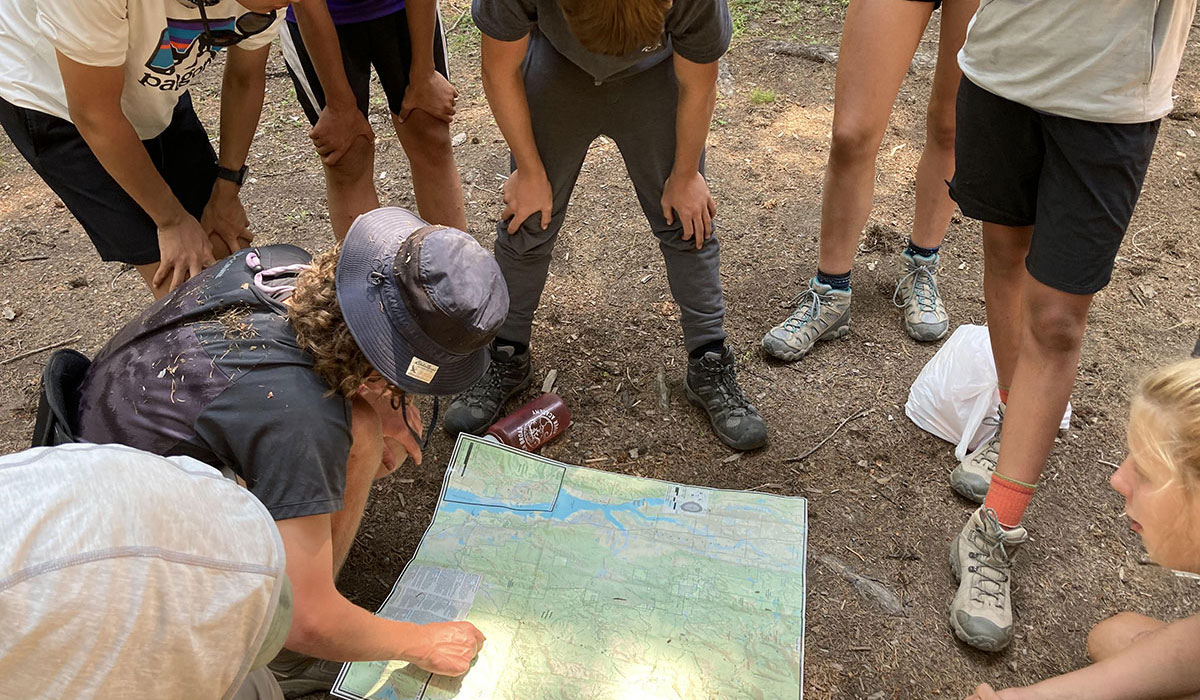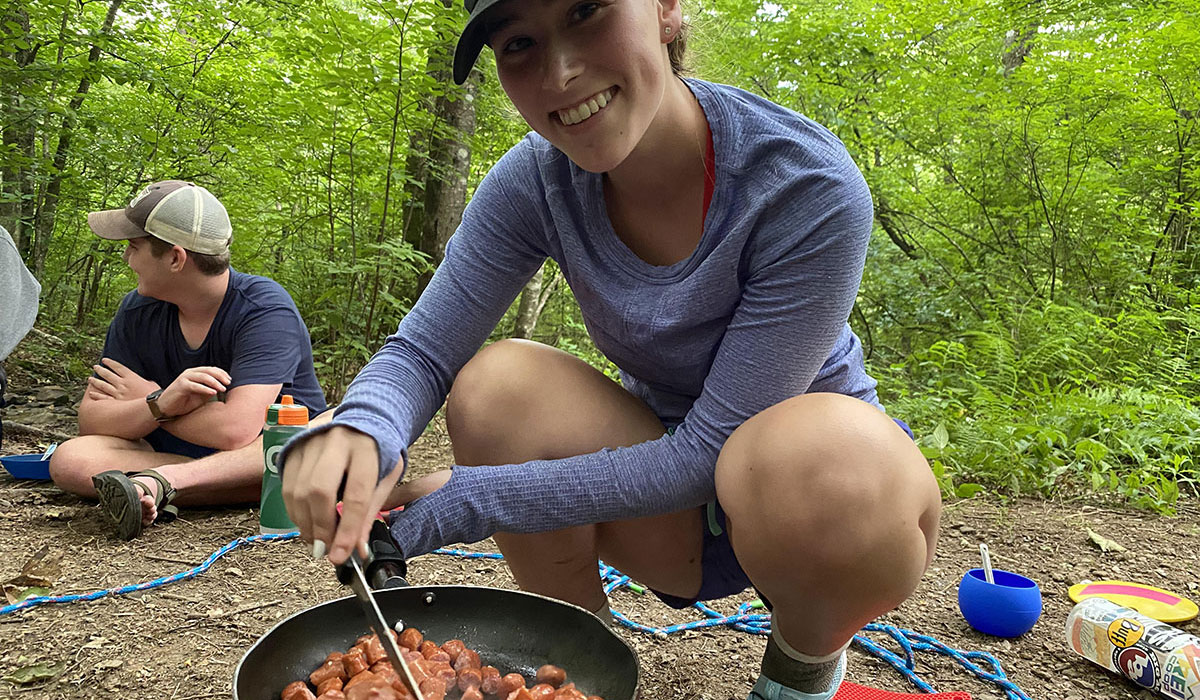The Adventure Treks community at large enjoys spending time outside and cherishes overnight adventures in nature. If you’ve been on an Adventure Treks trip, you know that we spend many months planning our expeditions—a lot goes into organizing each of our trip’s itineraries! If your AT trip has sparked an interest in planning your own multi-day backpacking adventures, we’ve outlined four main steps below to help make the process easier for you.
(Because Adventure Treks is a business and plans trips for up to 30 people, we follow specific rules, hold commercial permits, and follow many more guidelines that are different from personal trips. We’ll assume your first foray into expedition planning will not involve 23 of your closest friends…)
#1: Logistics
Where do you want to go?
We recommending narrowing your options to a location you’re familiar with, or one that’s a little closer to home. This will take some of the stress off your shoulders; once you gain some experience planning backpacking trips, you can dive into new wilderness areas.
Online forums are a great place to get tips on different hiking trails and, more important, check for recent water and trail conditions!

Do you need a permit?
Some wilderness places require permits for personal trips, while some areas do not. And some permits are easy to obtain, while others are doled out via lottery systems. Places in high demand (like Half Dome in Yosemite National Park, the Narrows in Zion, and Grand Teton and Yellowstone national parks), utilize strict permitting systems to prevent overuse and overcrowding of lands and trails.
Thoroughly research the area you’ll be recreating and comb through its official governing website (e.g., National Forest Service or National Park Service) to find information about permitting, use, and any other restrictions or schedules. You’ll also find information on what’s allowed in that area; for example, whether you can bring your dog, if there are bear boxes to store food, etc.). In western states, be sure to check fire restrictions and specific Leave No Trace ethics (in warmer months, places like Colorado and California may not allow campfires, and many desert regions require all trash and human waste to be packed out… this means no digging catholes! More on LNT below).
Public lands in the United States have their own rules, as they also have unique and individual missions (you can read about some of those differences here). Take as deep a dive as you’d like about the land you’ll be using—but just make sure you know the rules about overnight wilderness trips before you arrive at the trailhead.
Leave No Trace principles
The seven principles of Leave No Trace provide a framework for how to recreate sustainably in the outdoors and leave minimal impact on the land. It also covers a lot of your bases in the overall planning process.
- Plan ahead and prepare: As we’ve already covered, decide where you are going ahead of time and research the area. Look at the weather forecast, elevation, and terrain to inform your packing list. Purchase a map or download an app to make sure you know your route, your mileage each day, and what hiking pace to keep to stay on schedule.
- Travel and camp on durable surfaces: Stay on the trails to avoid scarring and eroding the landscape around you. Select an appropriate campsite for both you and the environment. Camp on flat ground and pitch your tent on soil, gravel, or sand instead of fragile vegetation. Avoid camping under dead trees and set up camp 200 feet away from rivers and streams.
- Dispose of waste properly: Depending on the area, you may be able to dig a cathole to dispose of solid human waste, or you may be required to carry it out (not uncommon in fragile ecosystems in the American west). If catholes aren’t allowed, add “WAG bags” to your packing list in order to carry out your poop (sometimes these are available at the trailhead, but we wouldn’t count on it). Put your poop kit together ahead of time and don’t leave any trash behind.
- Leave what you find: Leave wilderness areas as you’ve found them (or better than you found them). You don’t want the people hiking in after you to know exactly what you ate for breakfast because of the food droppings left all over their campsite, or to know exactly where you used the bathroom, or to have to clean up trash that you left. Do not carve your initials into trees, do not remove artifacts or any other items from the forest, and don’t pick the beautiful wildflowers you see.
- Minimize campfire impacts: As you know, it’s crucial to be familiar with fire restrictions ahead of time. Some campsites have designated fire rings , while others do not allow fires of any kind, and others yet will allow fires anywhere in the forest.
- Respect wildlife: Familiarize yourself with local wildlife and how to minimize potential encounters. If there are black bears in the area, do you need to bring a bear can, or will there be a bear box? Are there rowdy raccoons that may try to steal your food? Are there venomous snakes or other small critters to avoid? Perhaps most important, if you do encounter wildlife, keep your distance!
- Be considerate of other visitors: Be friendly with fellow hikers as you pass them on the trail. Respect that people have chosen to explore the outdoors for many reasons, and they may not want to hear your music blaring as you walk along the trail or late at night. If you’re bringing a pet, know the leash laws and do not let your animal run after wildlife.
#2: Food!!!

If you’ve been on an Adventure Treks trip, you’ll know that we LOVE food! You don’t need to skimp on meals just because you’re in the backcountry. Take a look at some of our backcountry meals to spark inspiration for your menu. A few handy tips:
- Bring LOTS of snacks.
- If you’ll be in a dry environment with little water, think about how “water intensive” your meals are (i.e., don’t plan on pasta, rice, and oatmeal for every meal… instead, think about pita pizzas, wraps, or sandwiches).
- Pack food that covers all of your nutrient bases to give you energy for long days and hard hikes.
- AND DON’T FORGET DESSERT! Hot cocoa, brownie mix, chocolate, Skittles… Bring along a treat you can pull out once you reach your campsite or hot cocoa when you get up to watch the sunrise.
Read more about backcountry cooking here.
#3: Gear
Food
Don’t just bring food: Bring the tools you’ll need to cook and eat it! Stove, lighter, gas (extra gas is always a good idea), mess kit, pot, pan, spatula, knife or multitool, spices, and cooking oil. You can use biodegradable soap and a sponge to clean dishes (a small rag can also work for a short trip).
 Shelter
Shelter
You may prefer bring a tent, tarp, or hammock—check the weather to see which would be best. Bring an extra tarp to create a covered area to hang out and cook if there is any adverse weather in the forecast.
Don’t forget your tent, sleeping pad, and sleeping bag. Instead of a cumbersome pillow, toss your clothes into your stuff sack and use that instead. Of course, we’d be remiss to leave out the ever-present camping chair.
Water
A water purification system is crucial. (You can become extremely ill from drinking untreated water.) We specifically use Aquamira, but there are lots of water purification systems out there. Test your system out beforehand to make sure it works.
Don’t assume you’ll always come across a fresh water supply—rather, use your map to mark rivers, springs, lakes, or other bodies of water to plan how much to bring and where to resupply.
First aid kit
Take the basics: Band-Aids, alcohol wipes, gauze, Ace wraps, blister treatment (like moleskin), ibuprofen and anti-histamine, medical tape… And don’t forget group-specific gear, like Epi-Pens or inhalers. Dive deeper into a detailed first aid kit here.
Navigation
Don’t forget a physical map and compass or an app you can utilize without service. If you’ll be using electronics often, bring a solar or external charger as well.
Clothing
Once you’ve checked the weather, you’ll have a better idea of what to pack for your trip. Check out the following blogs for more information on outdoor clothing and gear: fleece, insulated jackets, trekking poles, headlamp, rain gear, and hiking boots.
Backpacking does not need to be expensive! Most, if not all, of these items might be found in your closet or at a nearby thrift shop. As long as your rain gear is waterproof, your tent doesn’t leak, and your sleeping bag and pad keep you warm, you’re pretty much set!
#4: Fun and flair!
What is a backpack without some flair?! It’s always fun to spice up your hike with a mascot, a silly hat, and a fun game. Here are some other entertainment options:
- Astrology books or apps
- Games (One Night Ultimate Werewolf is one of our favorites; you’ll never go back… or trust your friends again)
- Your best British accent
- Your spookiest stories
- A book of stories to read around the campfire
- A journal, sketchbook, or watercolors
If you have any questions or want to talk through how to plan a trip, use us as a resource! Your former instructors and the AT office would be happy to answer any questions and help wherever we can. We’d also LOVE to see photos of your trip and hear about it!

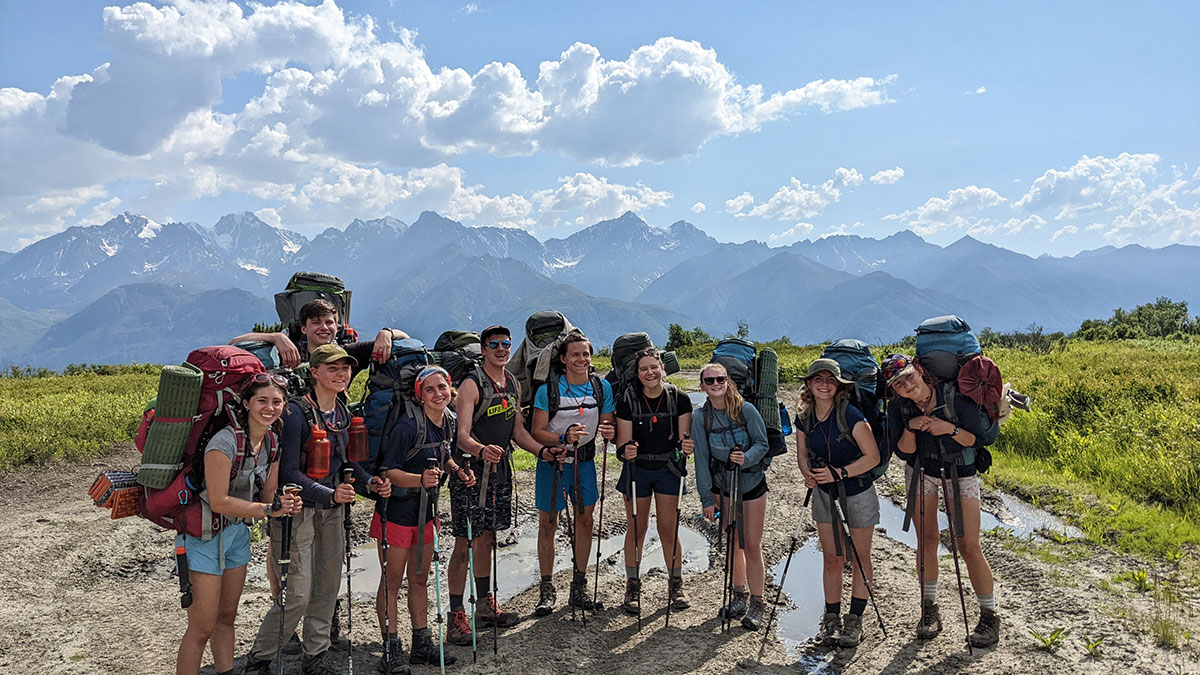
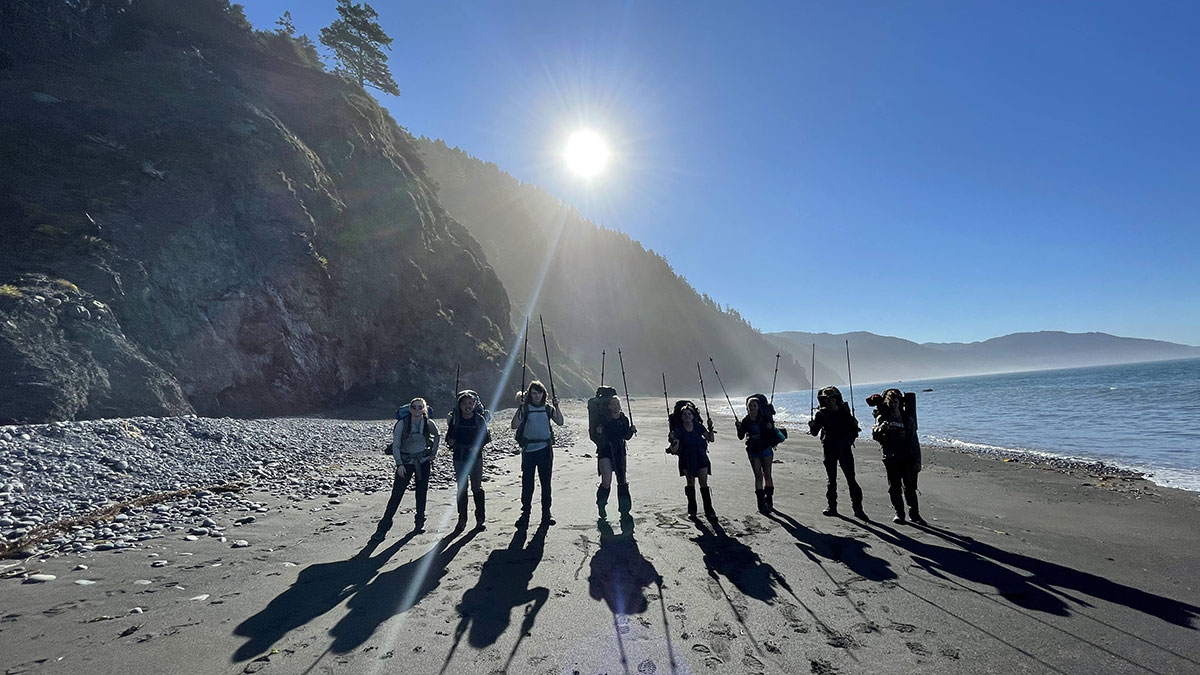
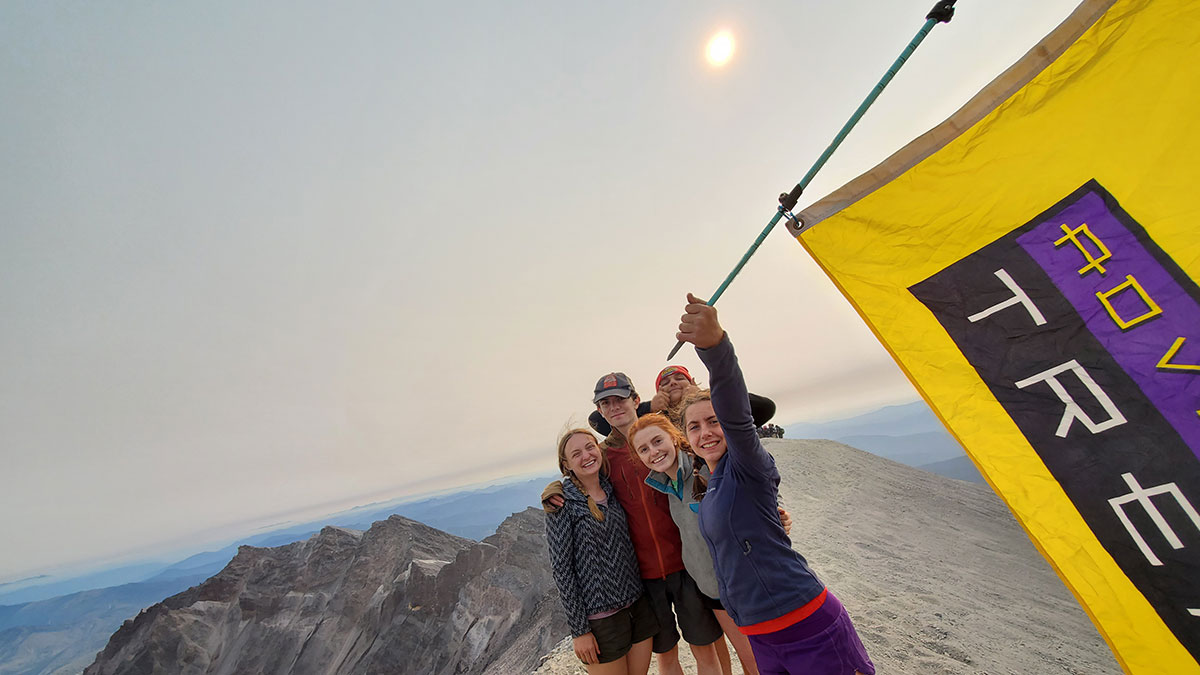
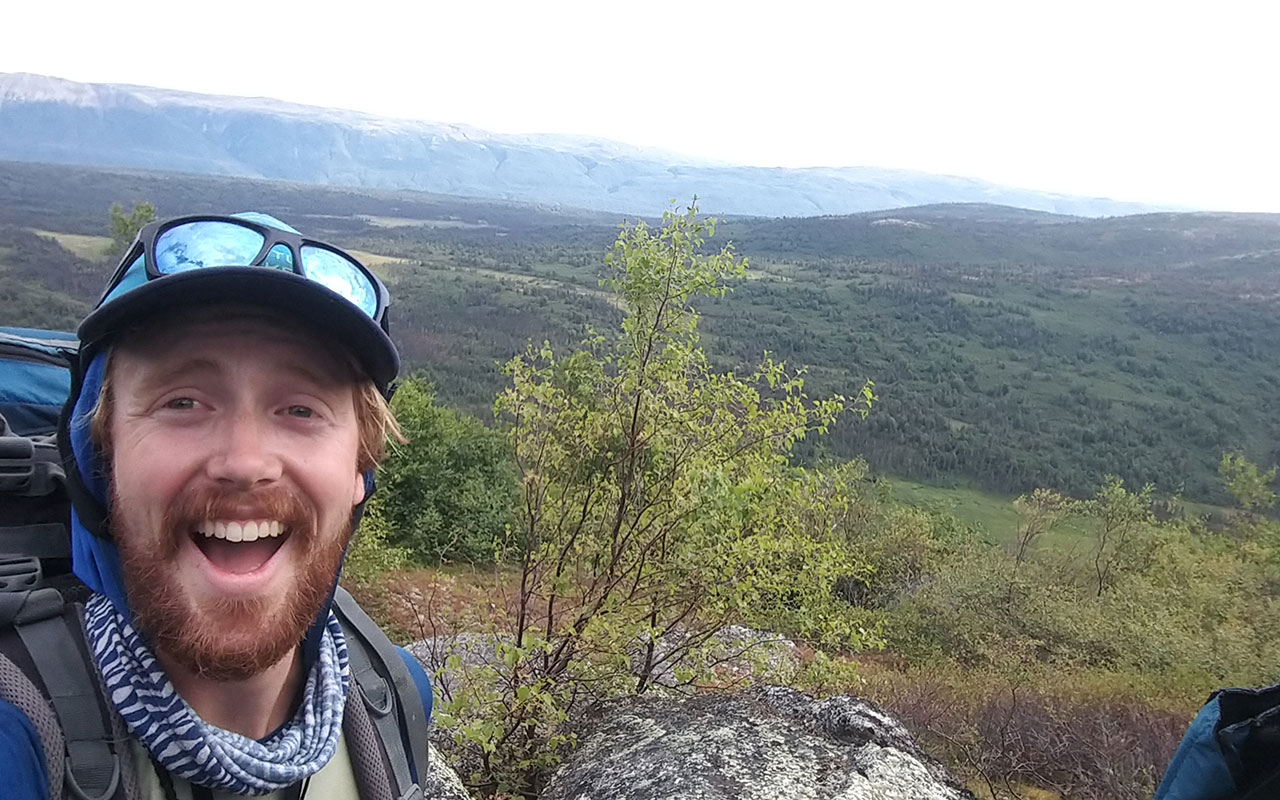
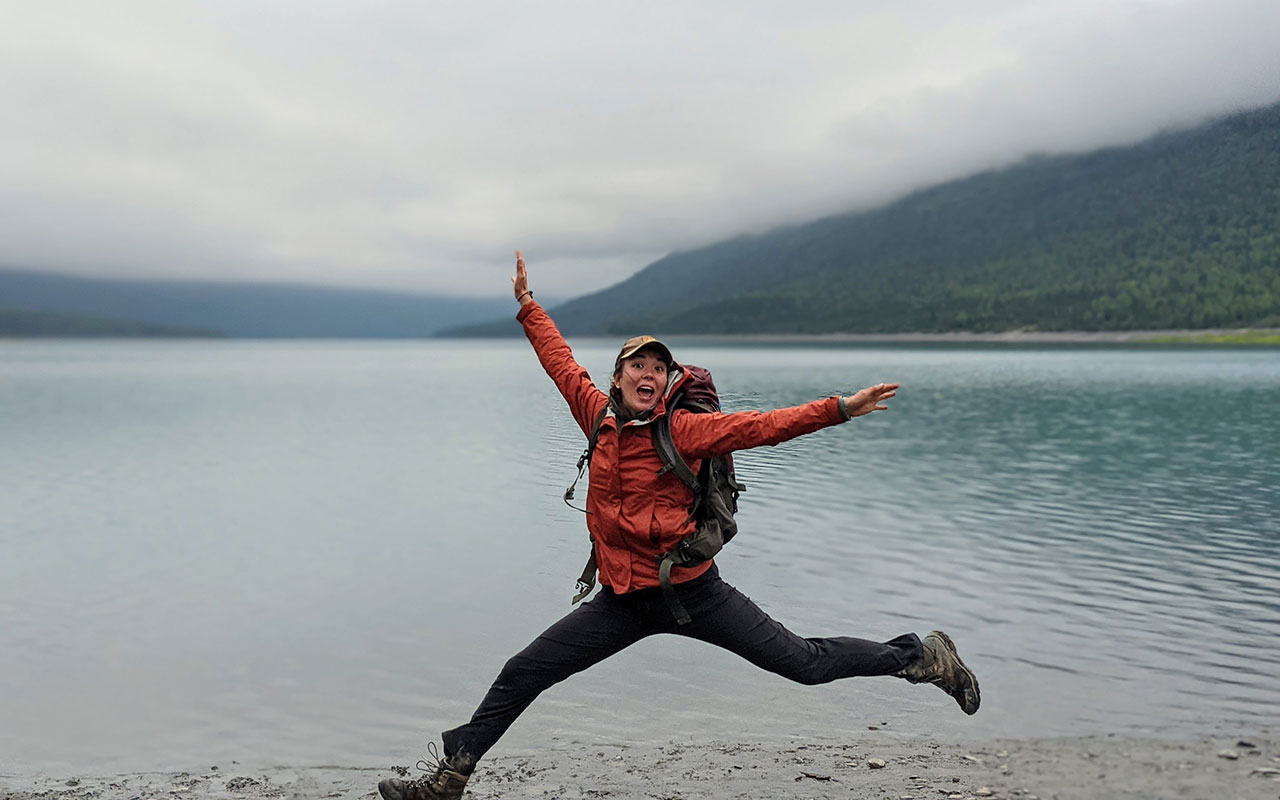
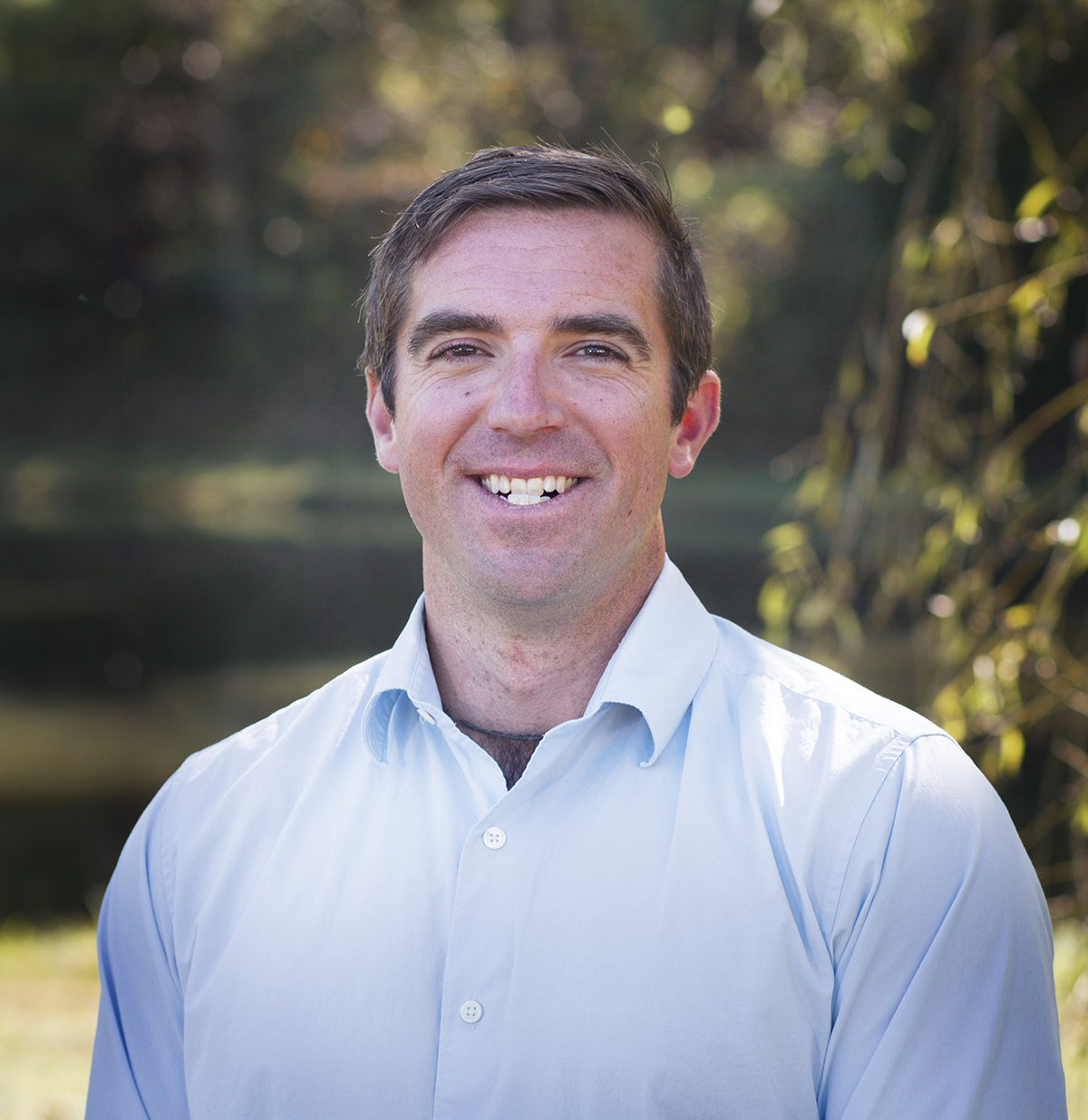 Dave, or “Dmac,” has been with Adventure Treks since 2006. Originally from western North Carolina, he grew up going to summer camps in the area. He attended the University of Tennessee and earned a bachelor’s degree in human ecology, and then a master’s degree in recreation and leisure studies. After graduate school, Dmac came back to the Blue Ridge Mountains to be the associate director of Camp Arrowhead; he also spent time working for the Multnomah Education Service District Outdoor School in Oregon. He went on to work for a non-profit in Maine providing after-school programming for middle and high schoolers, focusing on outdoor adventure, community service, and life skills.
Dave, or “Dmac,” has been with Adventure Treks since 2006. Originally from western North Carolina, he grew up going to summer camps in the area. He attended the University of Tennessee and earned a bachelor’s degree in human ecology, and then a master’s degree in recreation and leisure studies. After graduate school, Dmac came back to the Blue Ridge Mountains to be the associate director of Camp Arrowhead; he also spent time working for the Multnomah Education Service District Outdoor School in Oregon. He went on to work for a non-profit in Maine providing after-school programming for middle and high schoolers, focusing on outdoor adventure, community service, and life skills.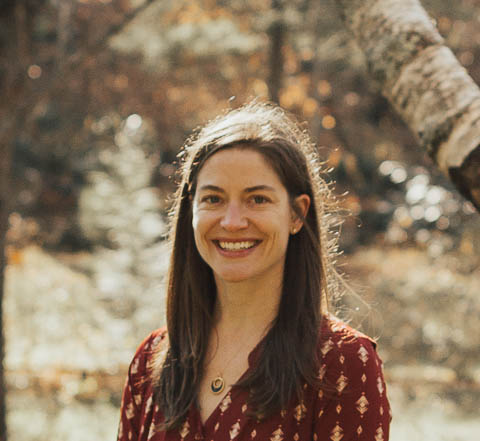
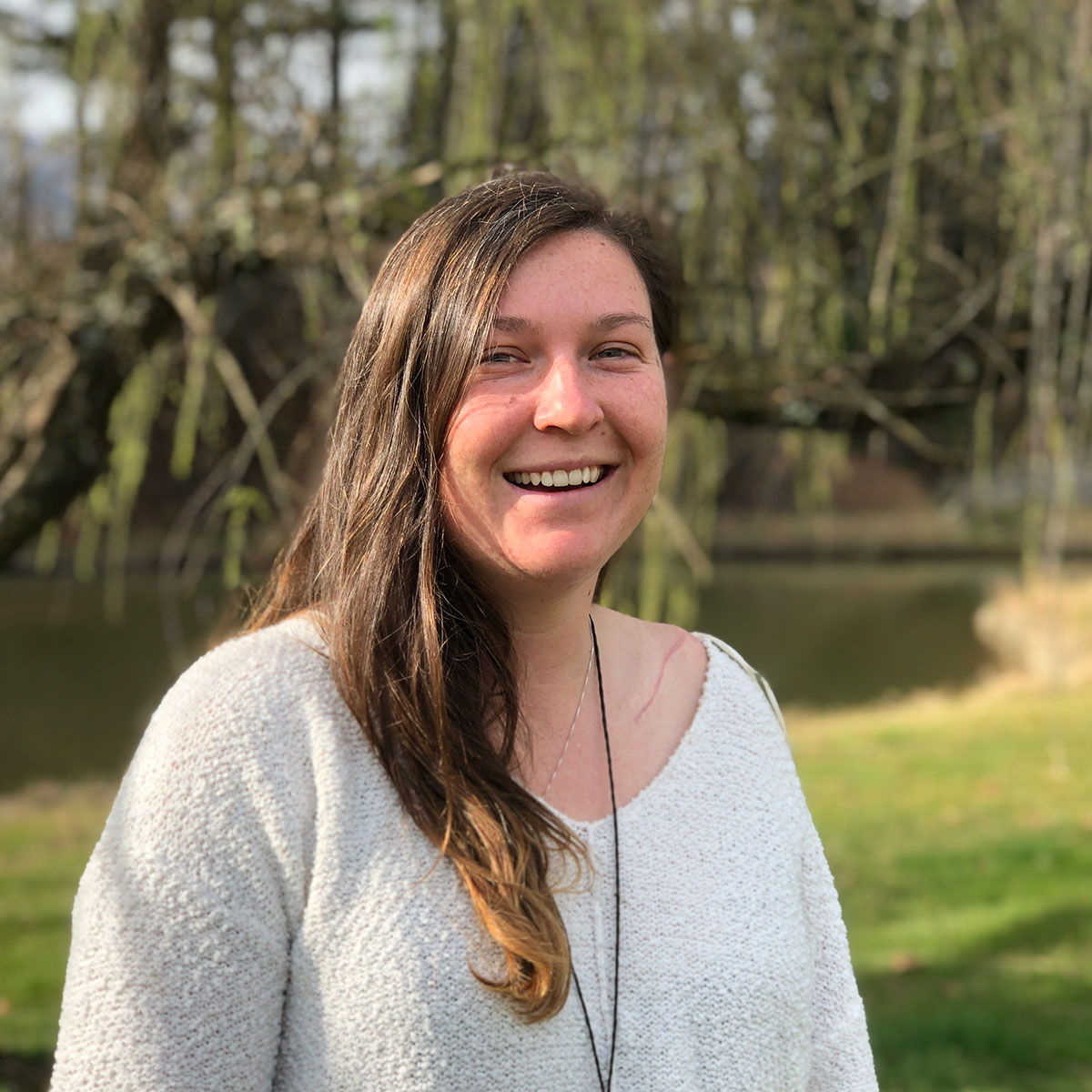 Roisin (pronounced Ro-sheen and known as “Ro” to our students) grew up in Cairns, Australia. She attended the University of Vermont, where she earned a bachelor’s degree in environmental studies. Prior to Adventure Treks, she spent several years as a program instructor, teaching forest ecology and geology to campers 5 to 16 years old at the Keystone Science School in Keystone, CO. She’s also led multi-day canoeing trips on the 740-mile Northern Forest Canoe Trail; served as a Nature Conservancy intern, studying urban ecology; worked as a ski instructor in Colorado; and volunteered for the Cairns Turtle Rehabilitation Center in Australia.
Roisin (pronounced Ro-sheen and known as “Ro” to our students) grew up in Cairns, Australia. She attended the University of Vermont, where she earned a bachelor’s degree in environmental studies. Prior to Adventure Treks, she spent several years as a program instructor, teaching forest ecology and geology to campers 5 to 16 years old at the Keystone Science School in Keystone, CO. She’s also led multi-day canoeing trips on the 740-mile Northern Forest Canoe Trail; served as a Nature Conservancy intern, studying urban ecology; worked as a ski instructor in Colorado; and volunteered for the Cairns Turtle Rehabilitation Center in Australia.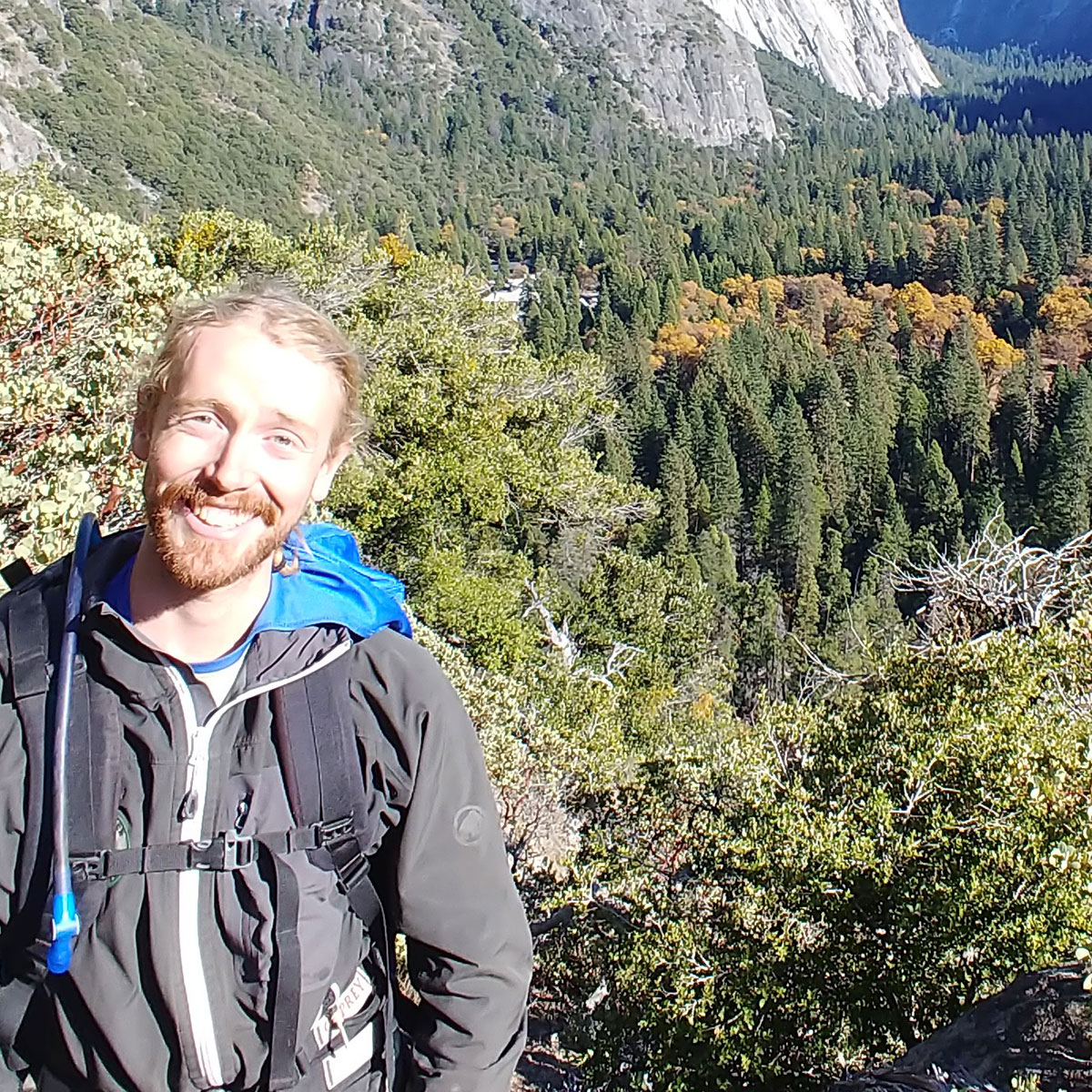 Originally from San Antonio, TX, Kent has spent a lot of time traveling between California and Vermont as a contractor building eco-friendly tiny houses. Since his time at AT last summer, Kent has been working on a data science project about energy equity with the University of Michigan, along with helping take care of his newborn nephew and website development. During his time at Middlebury, Kent was the school’s Outdoor Programs training specialist, coaching new guides to lead kayaking, canoeing, and rock climbing trips. He also led hiking, backpacking, kayaking, canoeing, and rock climbing trips for students as the Middlebury Mountain Club head guide. Kent is returning to Adventure Treks for his seventh season as a regional director.
Originally from San Antonio, TX, Kent has spent a lot of time traveling between California and Vermont as a contractor building eco-friendly tiny houses. Since his time at AT last summer, Kent has been working on a data science project about energy equity with the University of Michigan, along with helping take care of his newborn nephew and website development. During his time at Middlebury, Kent was the school’s Outdoor Programs training specialist, coaching new guides to lead kayaking, canoeing, and rock climbing trips. He also led hiking, backpacking, kayaking, canoeing, and rock climbing trips for students as the Middlebury Mountain Club head guide. Kent is returning to Adventure Treks for his seventh season as a regional director.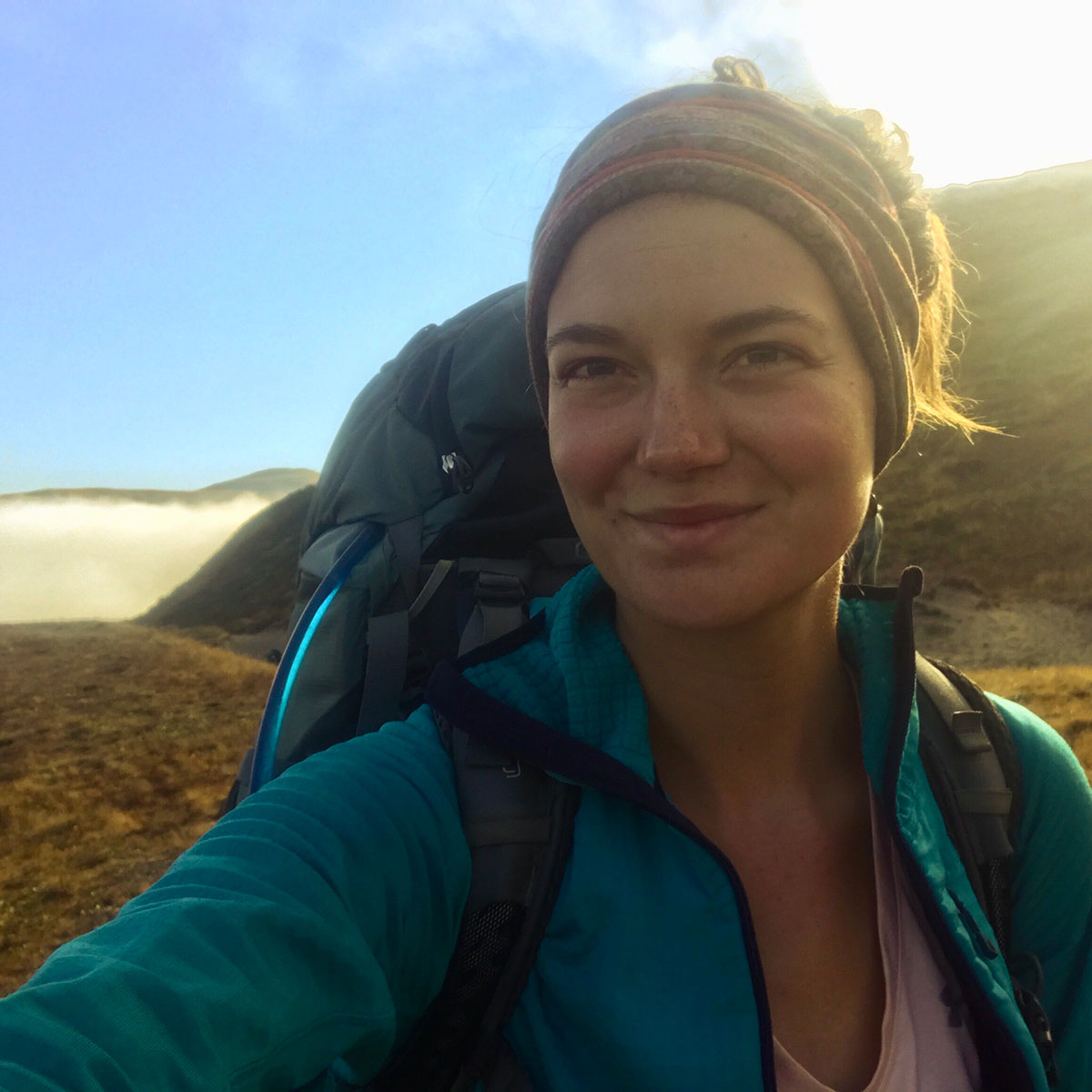 Originally from southeastern Ohio, Alex is returning for her ninth season as a regional director. She’s been in the outdoor adventure game for almost a decade: During her undergrad years, Alex was a teaching assistant for her school’s department of recreation and outdoor education; she also worked as a trip leader and rock climbing wall staff member. Between seasons at Adventure Treks, she was a graduate assistant on OU, leading outdoor trips and teaching skills clinics. For two summers, she was also the assistant director for Avid 4 Adventure. She is currently pursuing a PhD in higher education at Ohio University.
Originally from southeastern Ohio, Alex is returning for her ninth season as a regional director. She’s been in the outdoor adventure game for almost a decade: During her undergrad years, Alex was a teaching assistant for her school’s department of recreation and outdoor education; she also worked as a trip leader and rock climbing wall staff member. Between seasons at Adventure Treks, she was a graduate assistant on OU, leading outdoor trips and teaching skills clinics. For two summers, she was also the assistant director for Avid 4 Adventure. She is currently pursuing a PhD in higher education at Ohio University.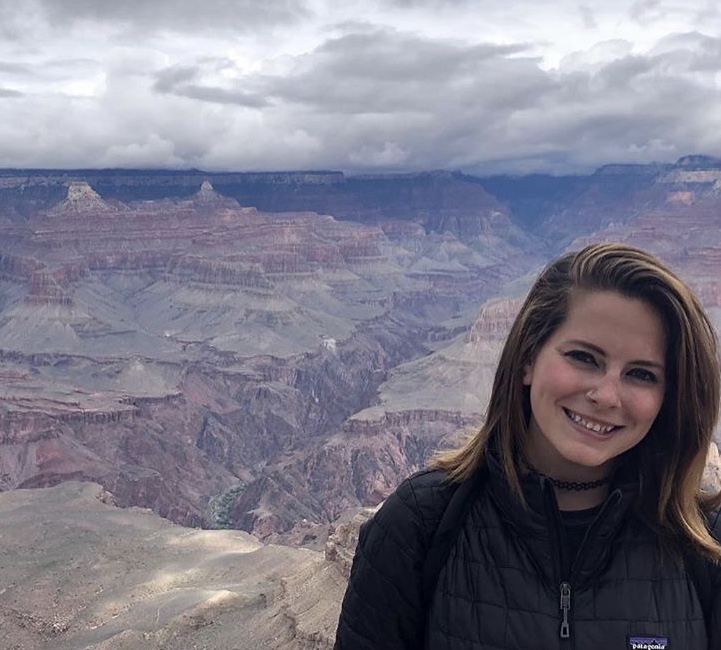 A Bostonian by birth, Abby spent the winter season at Big Sky Resort’s Moonlight Basin, coordinating outdoor activities for kids. She also just finished her master’s degree at WCU, with a thesis on women in positions of leadership in the outdoors. Prior to that, Abby worked in Asheville, NC, as a hiking guide and naturalist. Abby has worked with kids and teens and in the outdoors for years: She’s been a 1st grade teacher at a charter school; a trip leader for Camp Pinnacle; an outdoor educator at Mountain Trail Outdoor School in Hendersonville; and a discovery assistant at the North Carolina Arboretum in Asheville. She’s also worked as a wilderness field instructor for SUWS of the Carolinas; naturalist at Camp Grady Spruce in Texas; adventure counselor at Camp Sealth in Washington; and instructor at Camp Highland Outdoor Science School in California. Abby returns to Adventure Treks for her fourth season as a trip leader.
A Bostonian by birth, Abby spent the winter season at Big Sky Resort’s Moonlight Basin, coordinating outdoor activities for kids. She also just finished her master’s degree at WCU, with a thesis on women in positions of leadership in the outdoors. Prior to that, Abby worked in Asheville, NC, as a hiking guide and naturalist. Abby has worked with kids and teens and in the outdoors for years: She’s been a 1st grade teacher at a charter school; a trip leader for Camp Pinnacle; an outdoor educator at Mountain Trail Outdoor School in Hendersonville; and a discovery assistant at the North Carolina Arboretum in Asheville. She’s also worked as a wilderness field instructor for SUWS of the Carolinas; naturalist at Camp Grady Spruce in Texas; adventure counselor at Camp Sealth in Washington; and instructor at Camp Highland Outdoor Science School in California. Abby returns to Adventure Treks for her fourth season as a trip leader.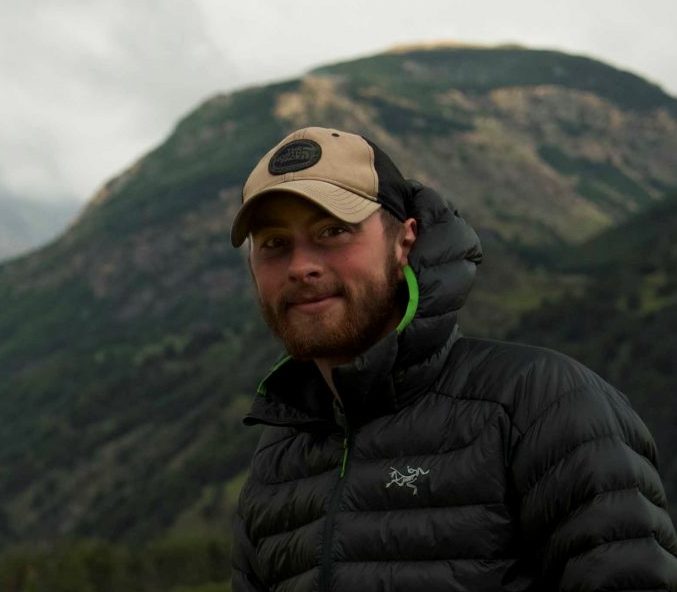 Anthony was raised near Allegheny National Forest in northern Pennsylvania and returns to Adventure Treks for his seventh season as a trip leader. While at West Virginia University, Anthony worked for the school’s outdoor program, Adventure West Virginia; there, he taught sea kayaking, whitewater kayaking, rock climbing, and other outdoor skills. He also led weeklong backcountry trips for incoming freshmen. Anthony has served in the United States Army Reserves, during which time he volunteered at a Salvation Army’s summer camp for elementary and middle schoolers. He recently finished his master’s degree at the University of New Hampshire.
Anthony was raised near Allegheny National Forest in northern Pennsylvania and returns to Adventure Treks for his seventh season as a trip leader. While at West Virginia University, Anthony worked for the school’s outdoor program, Adventure West Virginia; there, he taught sea kayaking, whitewater kayaking, rock climbing, and other outdoor skills. He also led weeklong backcountry trips for incoming freshmen. Anthony has served in the United States Army Reserves, during which time he volunteered at a Salvation Army’s summer camp for elementary and middle schoolers. He recently finished his master’s degree at the University of New Hampshire.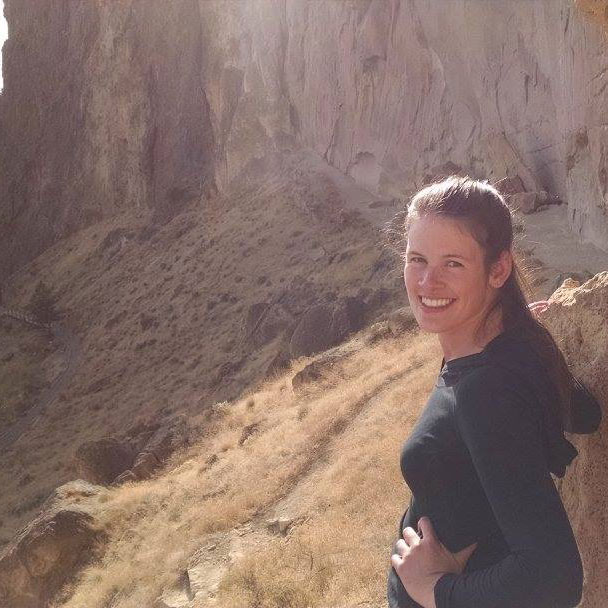 Born in San Diego, Chloe still calls southern California home today. This summer will be her second season with Adventure Treks. Prior to joining us, Chloe was a field instructor for New Vision Wilderness in Bend, OR, guiding adolescents and young adults on backpacking trips throughout the state. She was also the head field instructor for SUWS Carolinas in North Carolina, teaching outdoor and primitive skills like fire-making and Leave No Trace to kids and teens. While in college, Chloe has led kayaking and snorkeling tours, and also served as a childcare provider. She is a NOLS graduate, having completed a semester course in Patagonia.
Born in San Diego, Chloe still calls southern California home today. This summer will be her second season with Adventure Treks. Prior to joining us, Chloe was a field instructor for New Vision Wilderness in Bend, OR, guiding adolescents and young adults on backpacking trips throughout the state. She was also the head field instructor for SUWS Carolinas in North Carolina, teaching outdoor and primitive skills like fire-making and Leave No Trace to kids and teens. While in college, Chloe has led kayaking and snorkeling tours, and also served as a childcare provider. She is a NOLS graduate, having completed a semester course in Patagonia.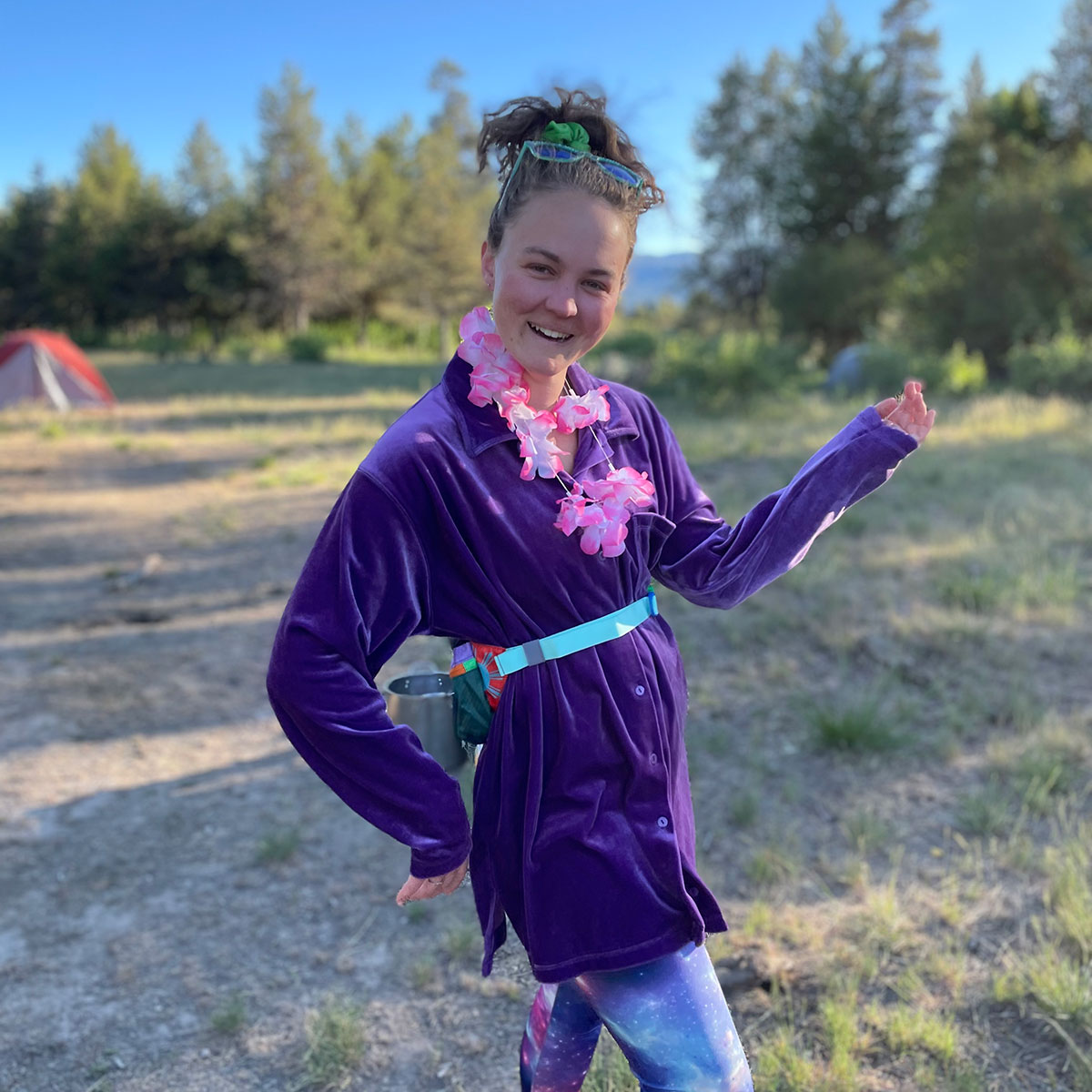 Jess hails from Asheville, NC, in the heart of the Blue Ridge Mountains. During her time at Emory & Henry College, Jess was the Outdoor Program intern, coordinating hiking and backpacking programs for students. She also led backpacking, whitewater kayaking, stand-up paddleboarding, sea kayaking, canoeing, and rock climbing expeditions for underclassmen. She has worked on photo and video production for the non-profit organization Appalachian Sustainable Development, and she spent a few winter seasons as a ski instructor at Steamboat Resort in Colorado. Jess is returning to Adventure Treks for her fifth season as a trip leader (and is also our year-round logistics director).
Jess hails from Asheville, NC, in the heart of the Blue Ridge Mountains. During her time at Emory & Henry College, Jess was the Outdoor Program intern, coordinating hiking and backpacking programs for students. She also led backpacking, whitewater kayaking, stand-up paddleboarding, sea kayaking, canoeing, and rock climbing expeditions for underclassmen. She has worked on photo and video production for the non-profit organization Appalachian Sustainable Development, and she spent a few winter seasons as a ski instructor at Steamboat Resort in Colorado. Jess is returning to Adventure Treks for her fifth season as a trip leader (and is also our year-round logistics director).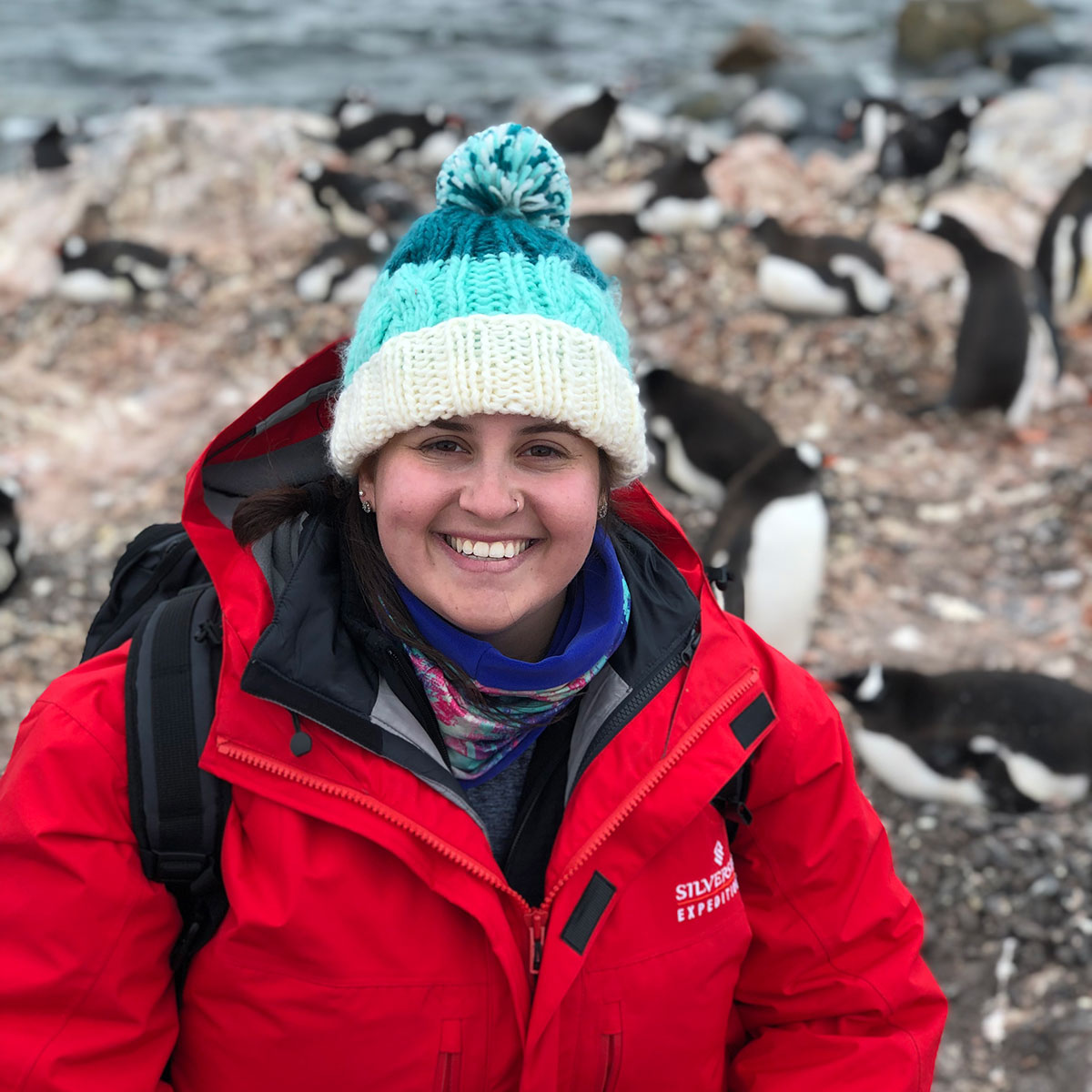 Kalie Hirt calls her native Chicago home, though she spent the past winter as a ski instructor at Deer Valley Ski Resort in Utah. Previously, she was an assistant teacher at Bernard Zell Anshe Emet Day School and an assistant teacher at Colorado College’s Cheryl Schlessman Bennett Children’s Center. A former Adventure Treks student, she has worked for camps every summer for the past eight years, including spending a summer at a camp in Israel (and can speak Hebrew). She was a trip leader for Camp Pinnacle, where she led backpacking and whitewater rafting trips. She also led backpacking trips for Ramah in the Rockies and was a trip leader for Colorado College’s outdoor education program, where she facilitated skiing trips for students. Kalie joins Adventure Treks for her third season as a trip leader.
Kalie Hirt calls her native Chicago home, though she spent the past winter as a ski instructor at Deer Valley Ski Resort in Utah. Previously, she was an assistant teacher at Bernard Zell Anshe Emet Day School and an assistant teacher at Colorado College’s Cheryl Schlessman Bennett Children’s Center. A former Adventure Treks student, she has worked for camps every summer for the past eight years, including spending a summer at a camp in Israel (and can speak Hebrew). She was a trip leader for Camp Pinnacle, where she led backpacking and whitewater rafting trips. She also led backpacking trips for Ramah in the Rockies and was a trip leader for Colorado College’s outdoor education program, where she facilitated skiing trips for students. Kalie joins Adventure Treks for her third season as a trip leader.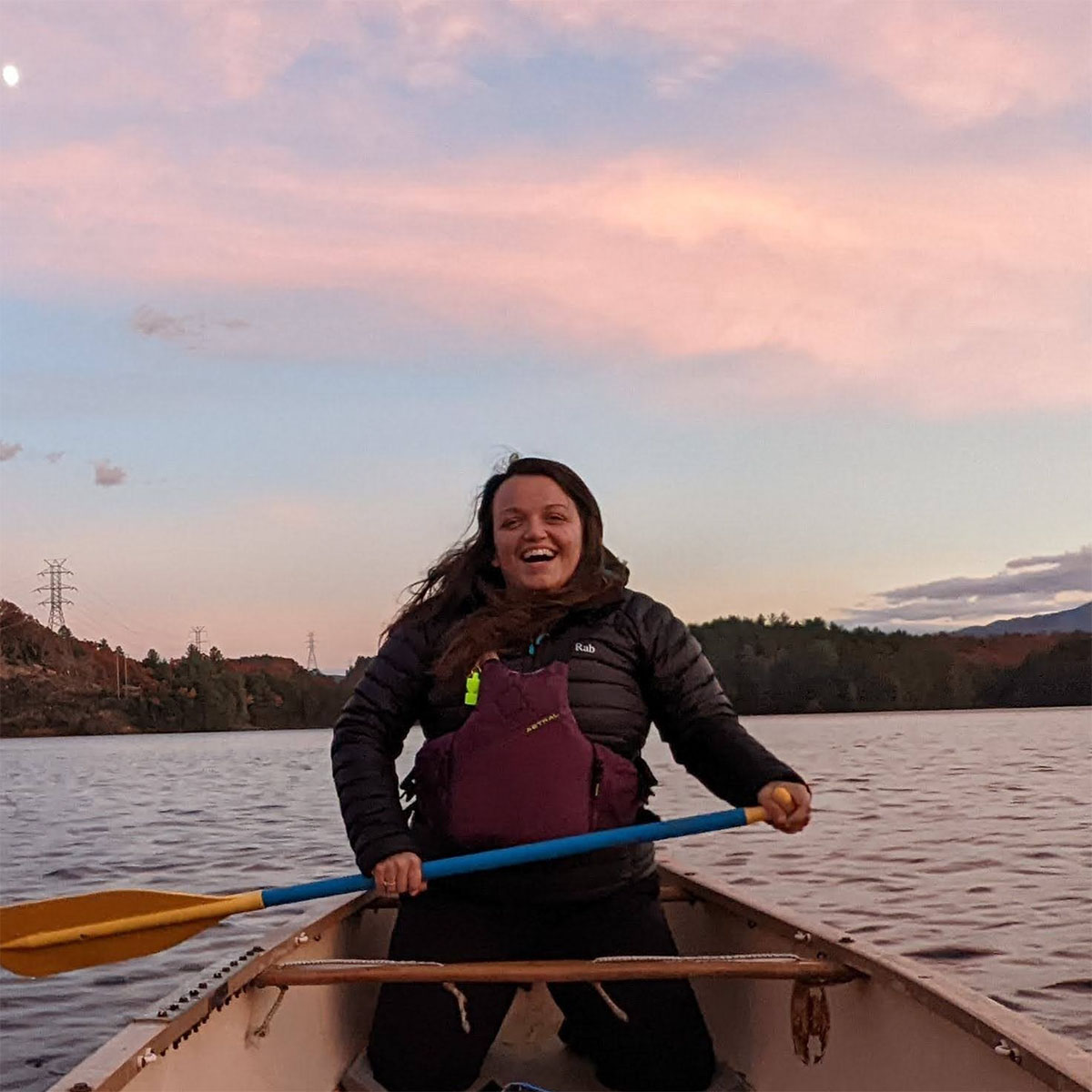 Originally from West Virginia, Katy is returning to Adventure Treks for her fifth season as a trip leader. Most recently, she’s worked as a customer experience guide with Patagonia in Salt Lake City. Before that, she was an experiential education coordinator for the Science Adventure School in West Virginia. She’s spent a few winter seasons in Big Sky, MT, helping run the “20 Below” youth and family center at the Yellowstone Club. Also while at WVU, Katy was a trip leader with their outdoor program Adventure WV, guiding week-long backpacking, whitewater rafting, rock climbing, and team-building trips for incoming freshmen. She was also the manager for Adventure WV’s canopy tours, where her responsibilities included overseeing risk management and safety of the kids and teenagers who participated.
Originally from West Virginia, Katy is returning to Adventure Treks for her fifth season as a trip leader. Most recently, she’s worked as a customer experience guide with Patagonia in Salt Lake City. Before that, she was an experiential education coordinator for the Science Adventure School in West Virginia. She’s spent a few winter seasons in Big Sky, MT, helping run the “20 Below” youth and family center at the Yellowstone Club. Also while at WVU, Katy was a trip leader with their outdoor program Adventure WV, guiding week-long backpacking, whitewater rafting, rock climbing, and team-building trips for incoming freshmen. She was also the manager for Adventure WV’s canopy tours, where her responsibilities included overseeing risk management and safety of the kids and teenagers who participated.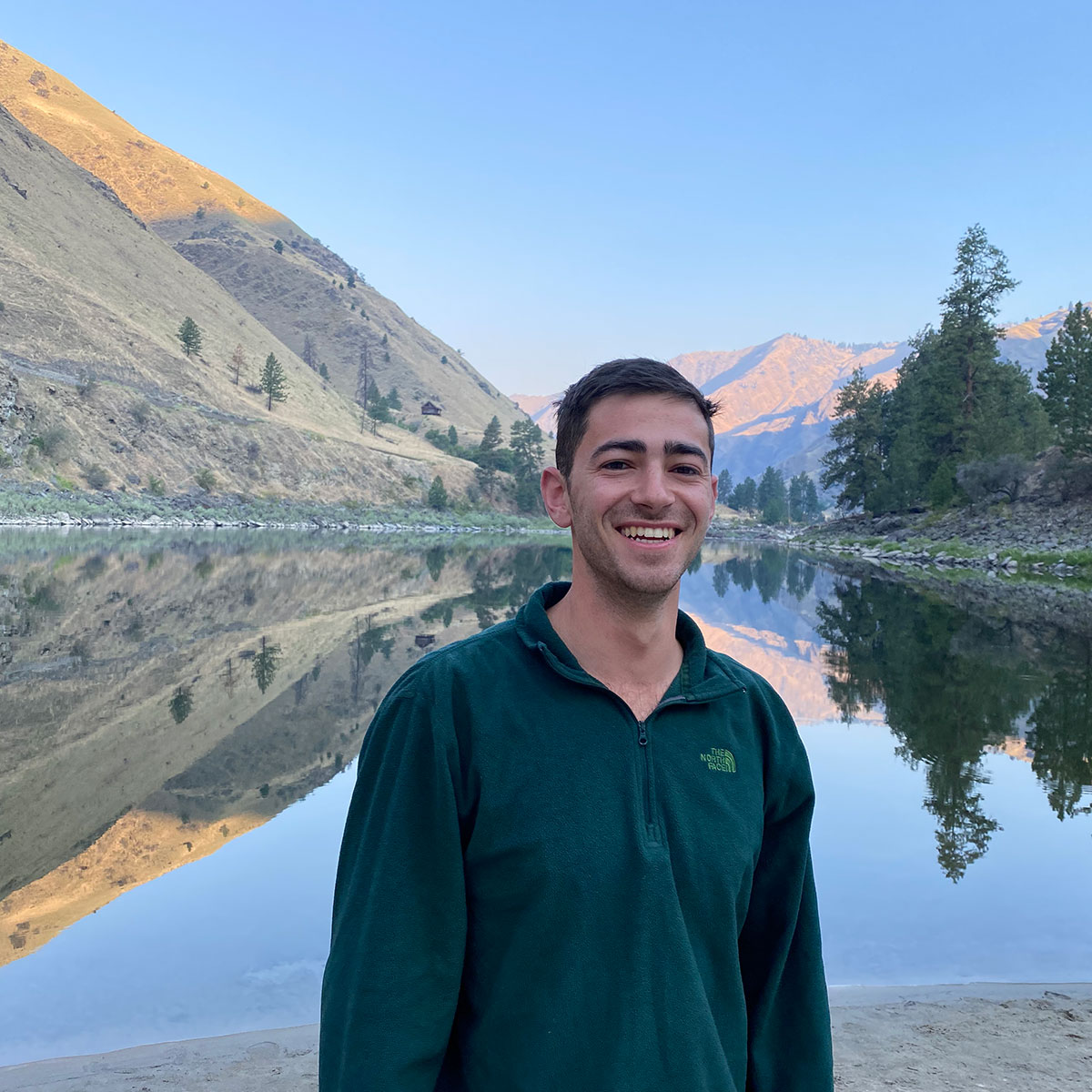 A California local, Kyle is returning to Adventure Treks for his second season as a trip leader. This past fall and spring, he worked as a gap semester instructor for ARCC in the Pacific Northwest and in Hawaii. During and after college, Kyle spent four years as a trip leader for his university’s outdoor program, Poly Escapes. There, he led backpacking, rock climbing, and camping trips throughout California’s national parks, including Sequoia & Kings Canyon, Yosemite, and Joshua Tree. He was also a board member, helping run the leadership and training program for new instructors. He spent some time volunteering for Camp Kesem in San Luis Obispo and at an eco-lodge in Costa Rica. In 2020, Kyle was a chemist for Promega Biosciences, working in the manufacturing department with the materials that go into making PCR test for kids.
A California local, Kyle is returning to Adventure Treks for his second season as a trip leader. This past fall and spring, he worked as a gap semester instructor for ARCC in the Pacific Northwest and in Hawaii. During and after college, Kyle spent four years as a trip leader for his university’s outdoor program, Poly Escapes. There, he led backpacking, rock climbing, and camping trips throughout California’s national parks, including Sequoia & Kings Canyon, Yosemite, and Joshua Tree. He was also a board member, helping run the leadership and training program for new instructors. He spent some time volunteering for Camp Kesem in San Luis Obispo and at an eco-lodge in Costa Rica. In 2020, Kyle was a chemist for Promega Biosciences, working in the manufacturing department with the materials that go into making PCR test for kids.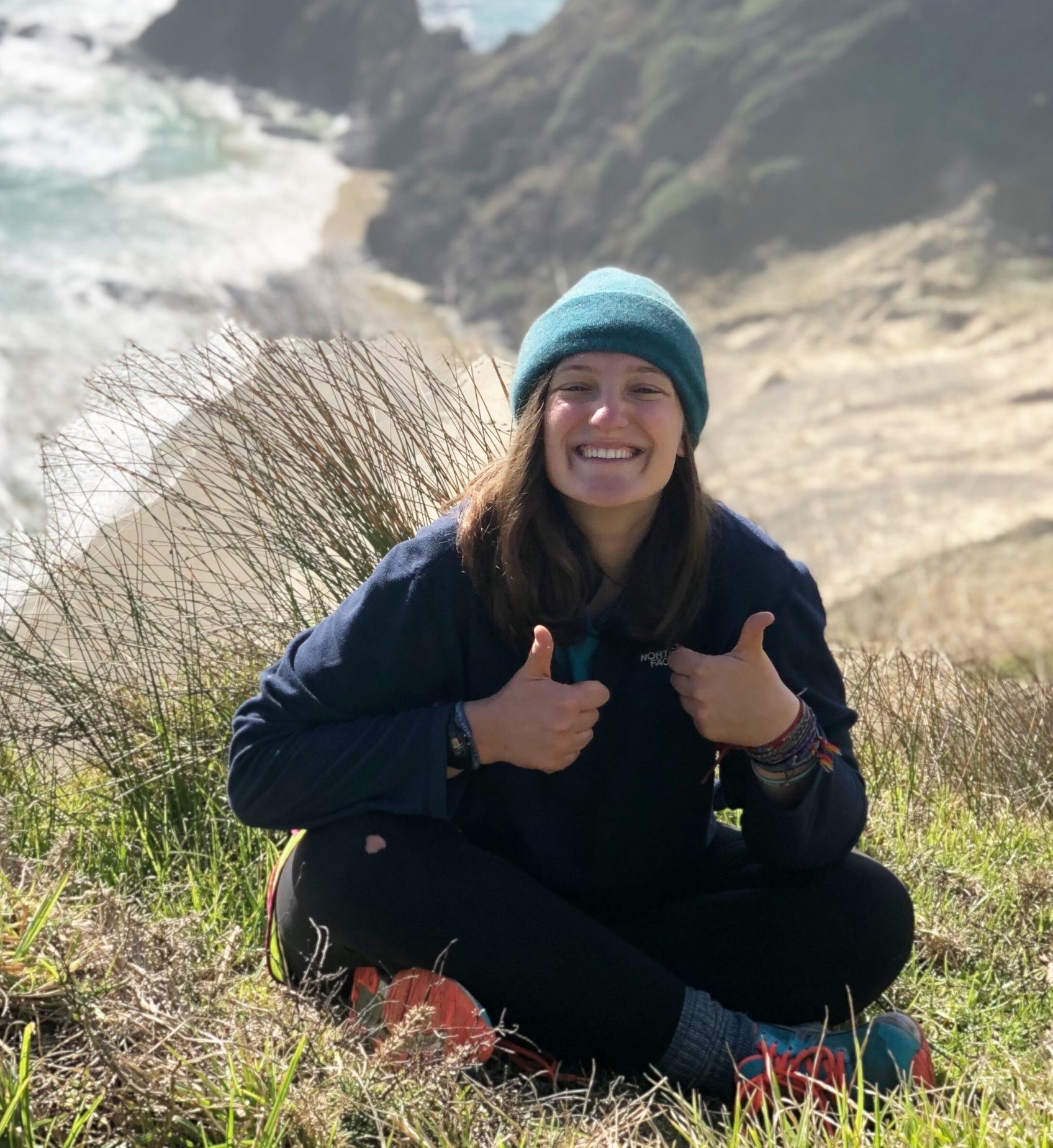 Currently living in western North Carolina, Lucia joins Adventure Treks for her third season as a trip leader. The last several years, Lucia has worked as the language arts teacher at the Arthur Morgan School, a boarding and day middle school in North Carolina with a focus on outdoor education and community living. Previously, she was a gap-year instructor for ARCC where she traveled around China, Vietnam, Cambodia, and Thailand with 18-year-old students; she’s also been a program instructor for Berkshire Outdoor Center in Massachusetts, facilitating environmental and outdoor education courses for children and adults of all ages. She spent a summer in New Zealand as an international travel and service program leader for the Auckland YMCA, and before that was an assistant psychologist for the Fundación General Ecuatoriana in Quito for young adults. While at Dartmouth, Lucia was the director of the first-year trips program; interned with Greenpeace; helped manage the college’s farm; and was a counselor at Camp Akeela in Vermont.
Currently living in western North Carolina, Lucia joins Adventure Treks for her third season as a trip leader. The last several years, Lucia has worked as the language arts teacher at the Arthur Morgan School, a boarding and day middle school in North Carolina with a focus on outdoor education and community living. Previously, she was a gap-year instructor for ARCC where she traveled around China, Vietnam, Cambodia, and Thailand with 18-year-old students; she’s also been a program instructor for Berkshire Outdoor Center in Massachusetts, facilitating environmental and outdoor education courses for children and adults of all ages. She spent a summer in New Zealand as an international travel and service program leader for the Auckland YMCA, and before that was an assistant psychologist for the Fundación General Ecuatoriana in Quito for young adults. While at Dartmouth, Lucia was the director of the first-year trips program; interned with Greenpeace; helped manage the college’s farm; and was a counselor at Camp Akeela in Vermont.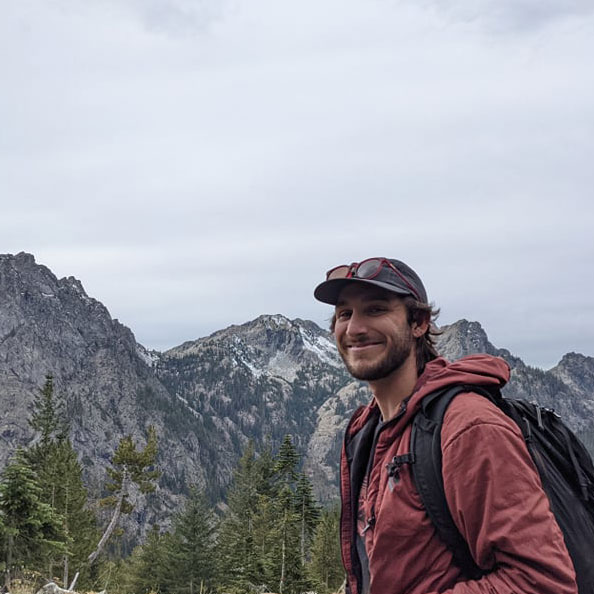 Max is returning to Adventure Treks for his fourth season as a trip leader. A Huntington Beach native, Max spent this winter as a ski instructor at Big Sky in Montana. Previously, he was in Burlington, VT, as the site coordinator for an after-school program. Max has also worked as an instructor at the Pok-O-MacCready Outdoor Education Center in New York, leading adventure programs in the Adirondacks for elementary and middle schoolers; an instructor for High Trails Outdoor Science School in California, teaching environmental classes; and a camp instructor for Catalina Island Marine Institute, leading snorkeling, kayaking, and high ropes activities.
Max is returning to Adventure Treks for his fourth season as a trip leader. A Huntington Beach native, Max spent this winter as a ski instructor at Big Sky in Montana. Previously, he was in Burlington, VT, as the site coordinator for an after-school program. Max has also worked as an instructor at the Pok-O-MacCready Outdoor Education Center in New York, leading adventure programs in the Adirondacks for elementary and middle schoolers; an instructor for High Trails Outdoor Science School in California, teaching environmental classes; and a camp instructor for Catalina Island Marine Institute, leading snorkeling, kayaking, and high ropes activities.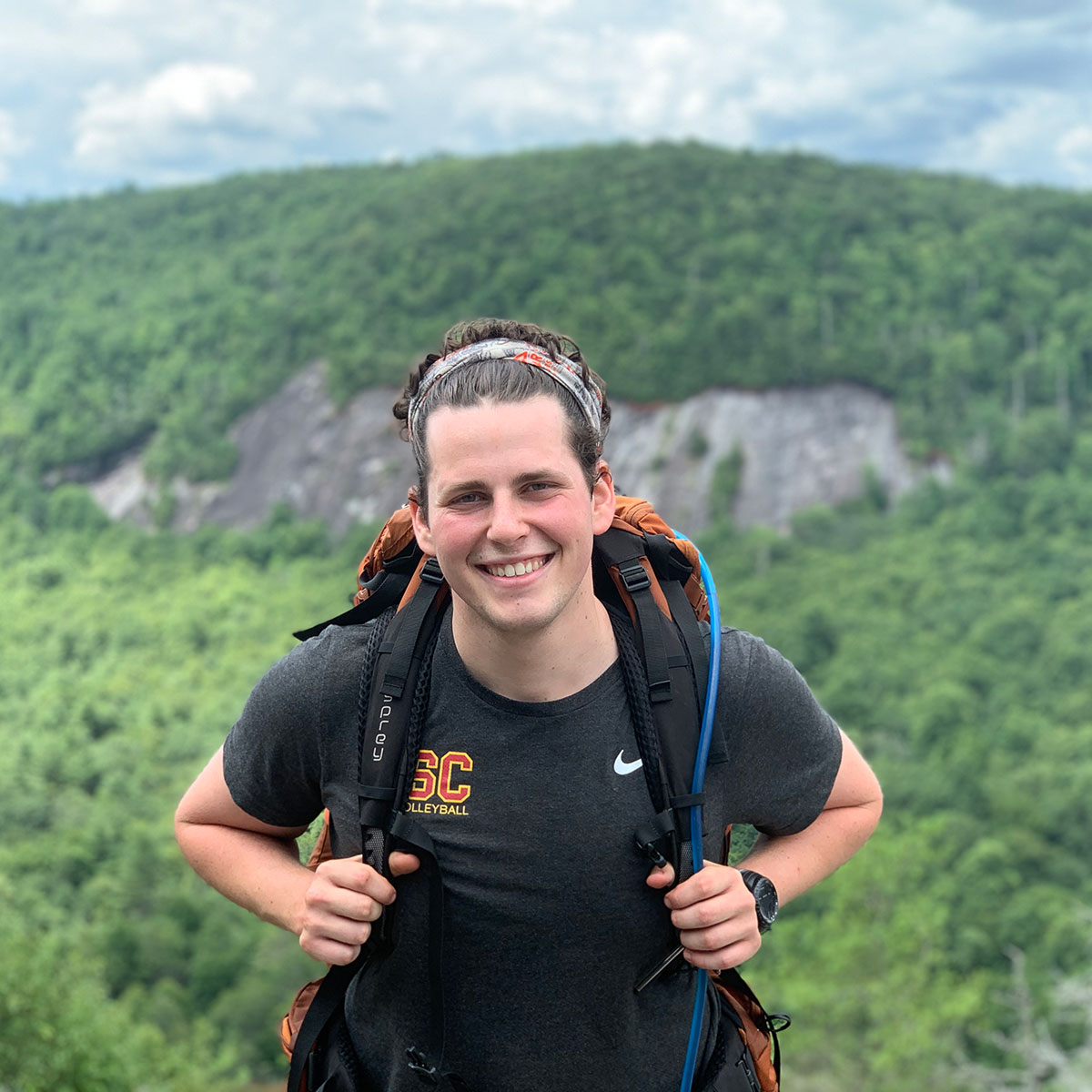 Quincy was born and raised in Chicago, IL, but now resides in southern California. He is a former Adventure Treks student, having attended two trips as a teenager. Before returning to AT as an instructor, he was a wilderness trip leader for Camp Nebagamon in Wisconsin, leading multi-day canoeing, backpacking, sea kayaking, rock climbing, and mountain biking trips for boys. At USC, Quincy was a trip leader for Peaks and Professors, an organization that leads backpacking and hiking trips for both students and professors. He’s served as an intern for Los Angeles City Hall and is currently a research assistant for the Civic Health Project. Quincy is fluent in Spanish, has visited an astonishing 30 countries, and is returning to Adventure Treks for his third season as a trip leader.
Quincy was born and raised in Chicago, IL, but now resides in southern California. He is a former Adventure Treks student, having attended two trips as a teenager. Before returning to AT as an instructor, he was a wilderness trip leader for Camp Nebagamon in Wisconsin, leading multi-day canoeing, backpacking, sea kayaking, rock climbing, and mountain biking trips for boys. At USC, Quincy was a trip leader for Peaks and Professors, an organization that leads backpacking and hiking trips for both students and professors. He’s served as an intern for Los Angeles City Hall and is currently a research assistant for the Civic Health Project. Quincy is fluent in Spanish, has visited an astonishing 30 countries, and is returning to Adventure Treks for his third season as a trip leader.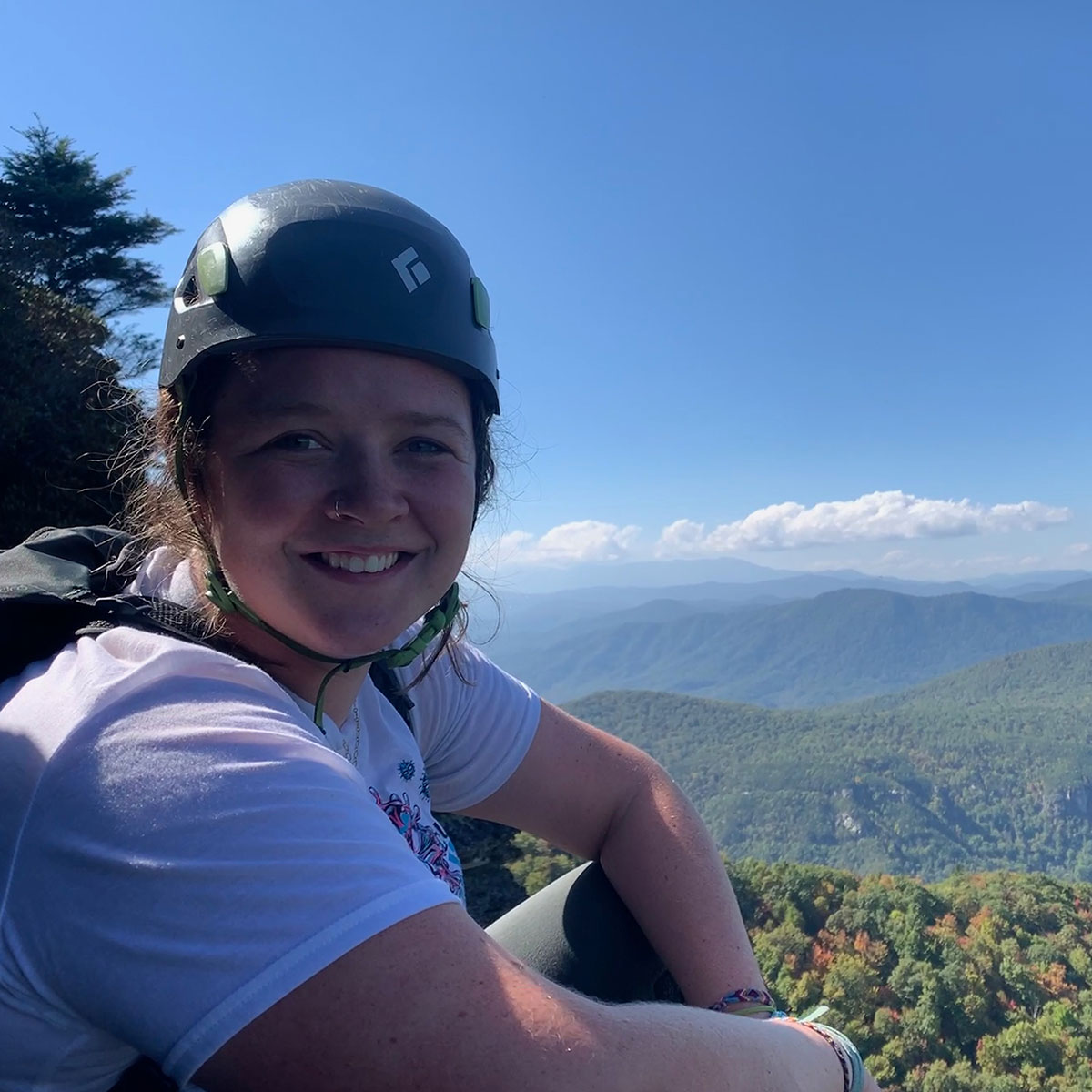 A Colorado native, Rach is no stranger to the outdoor education and recreation world. Prior to joining Adventure Treks (she’s returning for her third season as a trip leader), Rach was a program instructor at the Keystone Science School; she taught classes on atmospheric science, biology and ecology, earth science, and survival skills. She also coordinated multi-day backpacking, rock climbing, and whitewater rafting trips. She’s also volunteered with the Greenwood Wildlife Rehabilitation Center; tutored elementary school students in math, language, reading and science; and worked as a research assistant at CU Boulder’s Emery Lab. This past winter, Rach was a ski instructor for both kids and adults at Big Sky Resort in Montana.
A Colorado native, Rach is no stranger to the outdoor education and recreation world. Prior to joining Adventure Treks (she’s returning for her third season as a trip leader), Rach was a program instructor at the Keystone Science School; she taught classes on atmospheric science, biology and ecology, earth science, and survival skills. She also coordinated multi-day backpacking, rock climbing, and whitewater rafting trips. She’s also volunteered with the Greenwood Wildlife Rehabilitation Center; tutored elementary school students in math, language, reading and science; and worked as a research assistant at CU Boulder’s Emery Lab. This past winter, Rach was a ski instructor for both kids and adults at Big Sky Resort in Montana. A Massachusetts native, Sarah is returning to Adventure Treks for her third season as an instructor. However, her tenure with AT began long before that, as she spent four summers with us as a student! This past winter, Sarah was a children’s alpine ski instructor and nordic ski instructor at the Yellowstone Club in Big Sky, Montana. During her time at Saint Michael’s College, Sarah was a student coordinator for the Adventure Sports Center; she not only organized the training and programming, but also led whitewater kayaking, sea kayaking, canoeing, and skiing trips for participants as well. She’s worked as a zipline guide at the Sunday River Ski Resort in Maine, and she was an instructor for the LL Bean Outdoor Discovery School, leading stand-up paddleboarding and kayaking classes, taking students on hikes, and teaching archery courses.
A Massachusetts native, Sarah is returning to Adventure Treks for her third season as an instructor. However, her tenure with AT began long before that, as she spent four summers with us as a student! This past winter, Sarah was a children’s alpine ski instructor and nordic ski instructor at the Yellowstone Club in Big Sky, Montana. During her time at Saint Michael’s College, Sarah was a student coordinator for the Adventure Sports Center; she not only organized the training and programming, but also led whitewater kayaking, sea kayaking, canoeing, and skiing trips for participants as well. She’s worked as a zipline guide at the Sunday River Ski Resort in Maine, and she was an instructor for the LL Bean Outdoor Discovery School, leading stand-up paddleboarding and kayaking classes, taking students on hikes, and teaching archery courses. “I waited six months to download Project Hail Mary, by Andy Weir, in my library app. Having read his other two novels, The Martian and Artemis, I was curious to discover what his newest sci-fi adventure would entail. I don’t like spoilers, so I didn’t read reviews beforehand and dove in with no preconceived notions. (Sort of like how we ask students not to look each other up on social media before they meet for the first time at AT…) I won’t give away the plot here, but suffice it to say that even with a lack of character development, somewhat tired trope, and too much exposition in the first few chapters, I couldn’t put the book down.
“I waited six months to download Project Hail Mary, by Andy Weir, in my library app. Having read his other two novels, The Martian and Artemis, I was curious to discover what his newest sci-fi adventure would entail. I don’t like spoilers, so I didn’t read reviews beforehand and dove in with no preconceived notions. (Sort of like how we ask students not to look each other up on social media before they meet for the first time at AT…) I won’t give away the plot here, but suffice it to say that even with a lack of character development, somewhat tired trope, and too much exposition in the first few chapters, I couldn’t put the book down. “Robin Wall Kimmerer is a botanist, educator, and member of the Citizen Potawatomi Nation. Like the actual braiding of sweetgrass, Robin weaves together the perspectives of analytical science, native traditions and ways of thinking, and stories from her personal life. She discusses the wider ecological context that includes humans as a part of nature and pushes the reader to reimagine what our relationship to the other species and processes of this Earth could be. She emphasizes the idea that nature can be our teacher just as much as books or lessons.
“Robin Wall Kimmerer is a botanist, educator, and member of the Citizen Potawatomi Nation. Like the actual braiding of sweetgrass, Robin weaves together the perspectives of analytical science, native traditions and ways of thinking, and stories from her personal life. She discusses the wider ecological context that includes humans as a part of nature and pushes the reader to reimagine what our relationship to the other species and processes of this Earth could be. She emphasizes the idea that nature can be our teacher just as much as books or lessons. “The Overstory is an epic tome of mystical, winding stories and captivating writing. Small spoiler alert: most of these stories are sort of sad! This is a book about trees, humans, and the connections between the two—in some moments I was in awe of the magical properties of the most mundane natural cycles, and other times I found myself tearing up alongside the characters who fight for the preservation of forests.
“The Overstory is an epic tome of mystical, winding stories and captivating writing. Small spoiler alert: most of these stories are sort of sad! This is a book about trees, humans, and the connections between the two—in some moments I was in awe of the magical properties of the most mundane natural cycles, and other times I found myself tearing up alongside the characters who fight for the preservation of forests.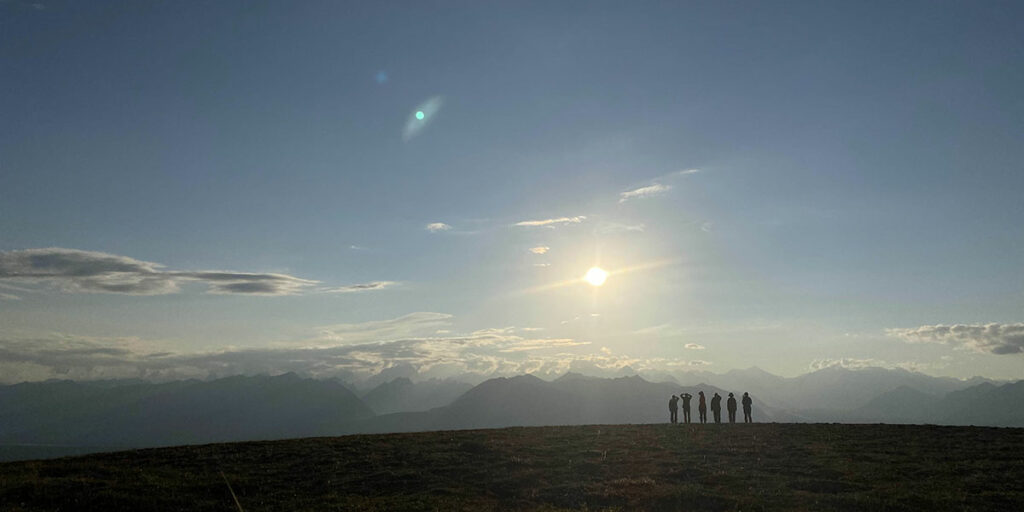
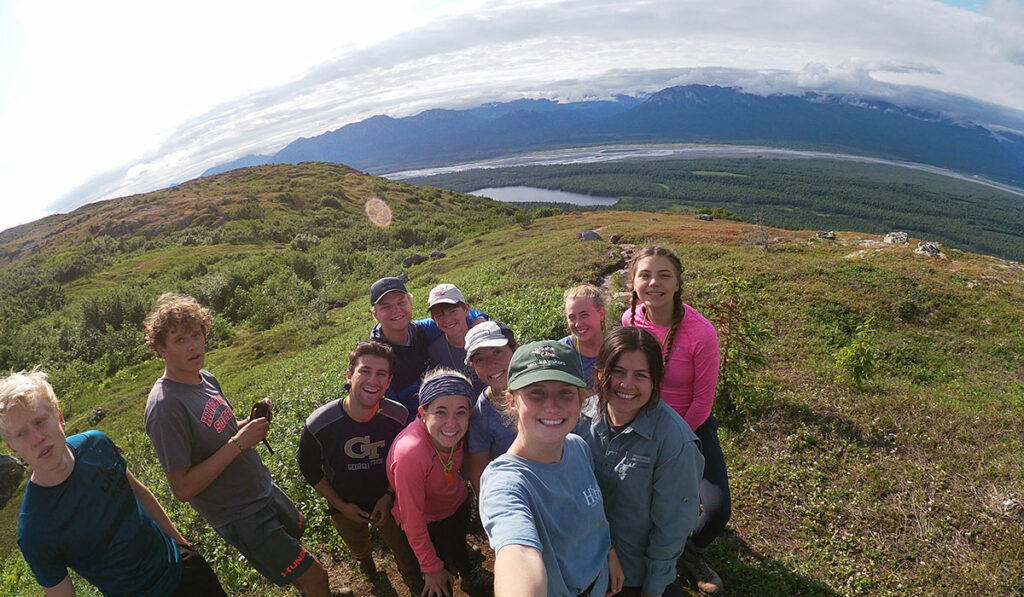
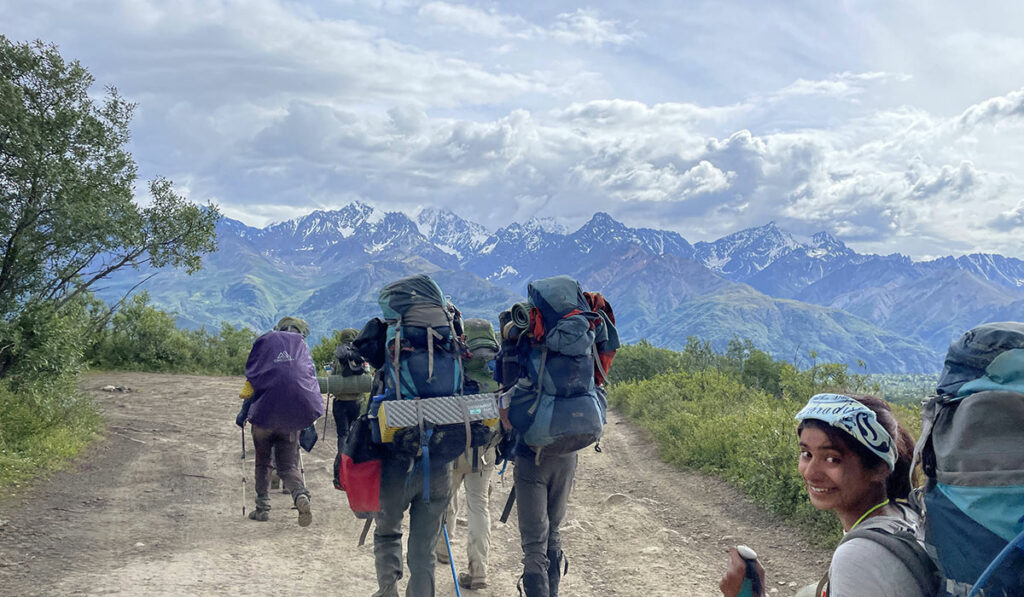
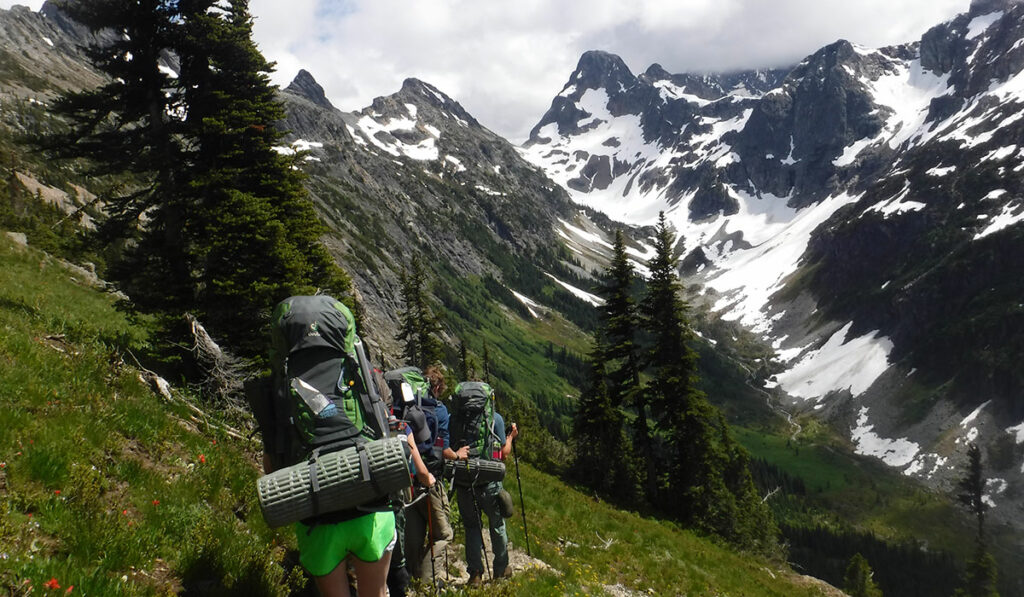
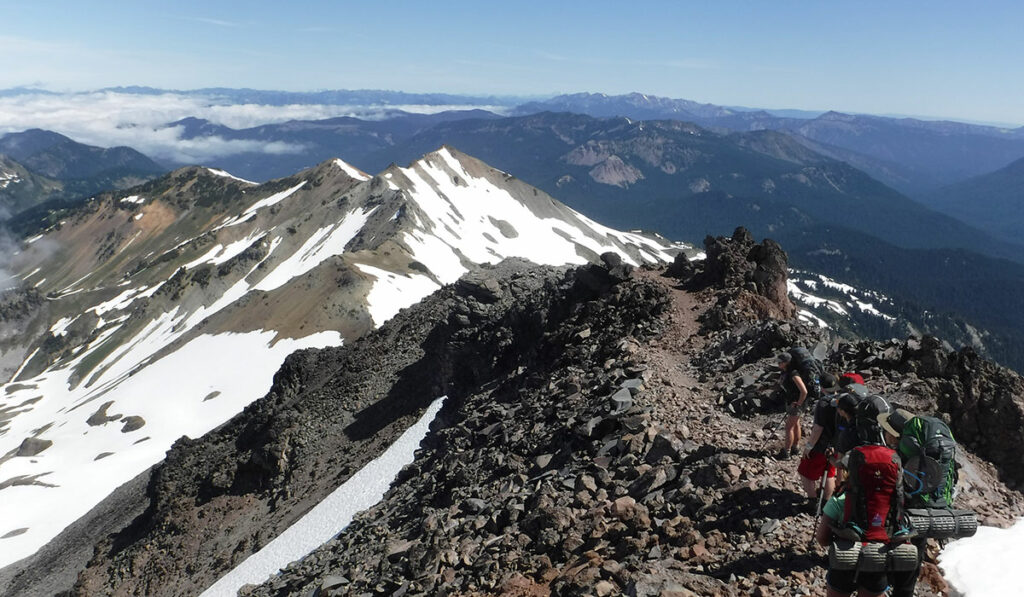
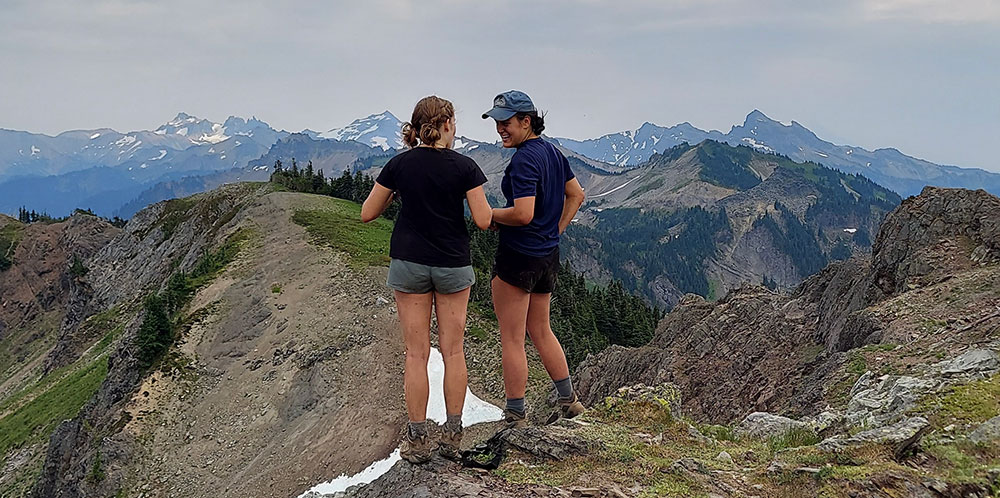
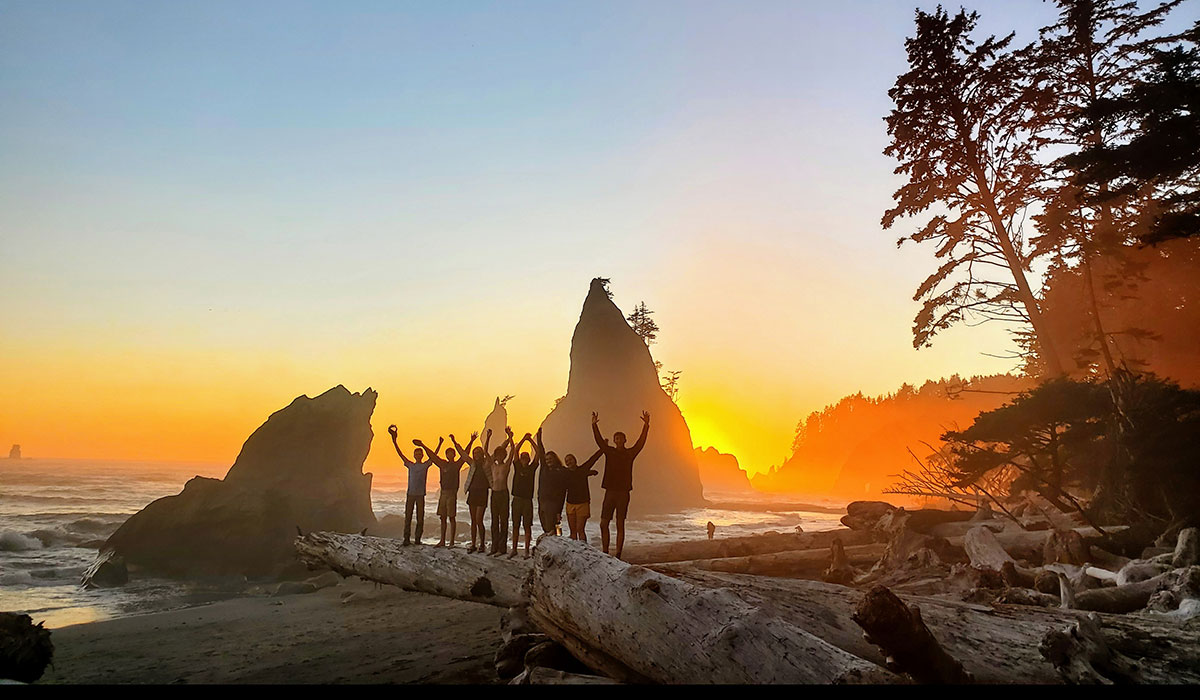 Adventure Treks has been visiting the Pacific Northwest for 28 years; in fact, our very first trip took place in Washington and Oregon! A favorite spot of students and instructors alike, Olympic National Park offers every kind of terrain, from rugged seashores to high alpine peaks, with biodiverse flora and fauna in between. Here are some fun facts about the ninth-most visited national park.
Adventure Treks has been visiting the Pacific Northwest for 28 years; in fact, our very first trip took place in Washington and Oregon! A favorite spot of students and instructors alike, Olympic National Park offers every kind of terrain, from rugged seashores to high alpine peaks, with biodiverse flora and fauna in between. Here are some fun facts about the ninth-most visited national park.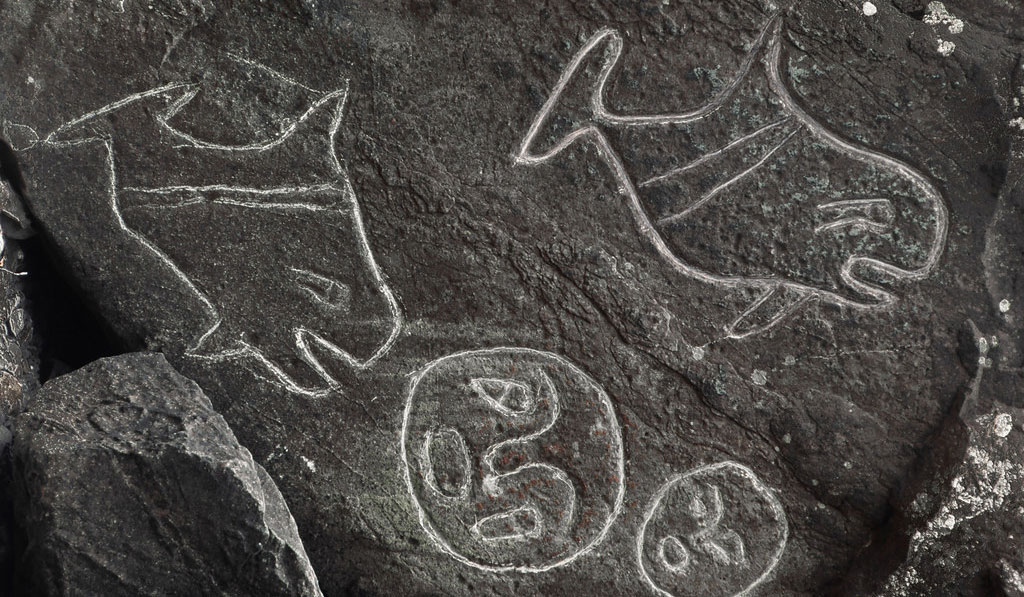
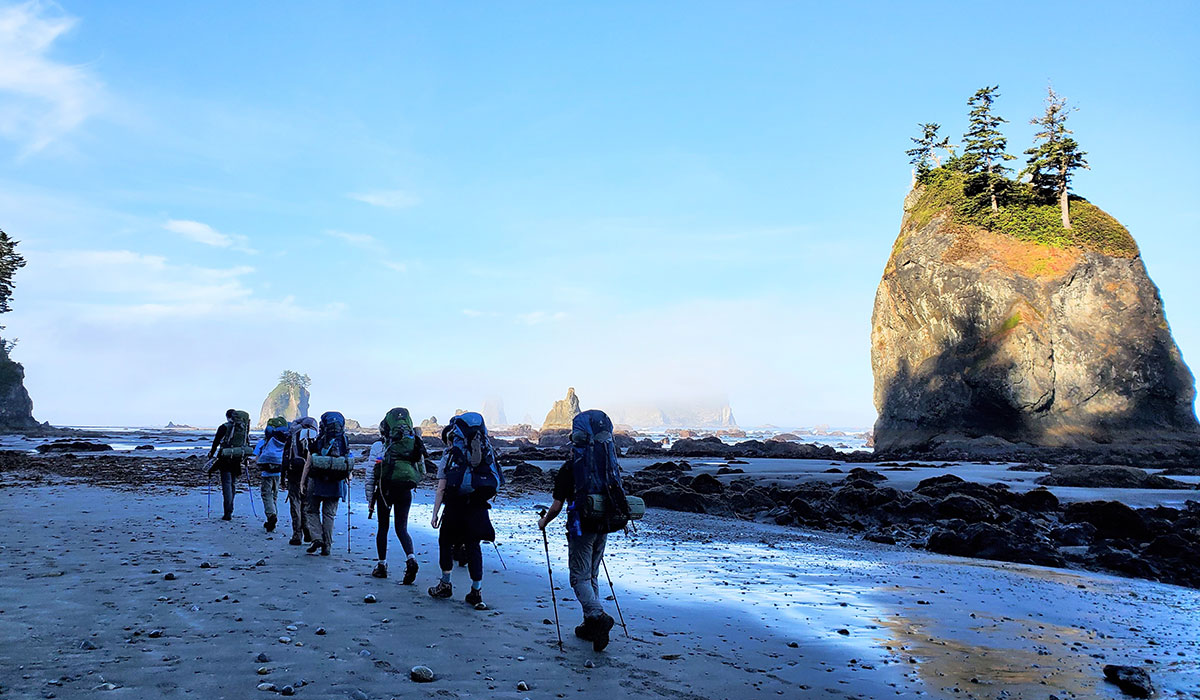
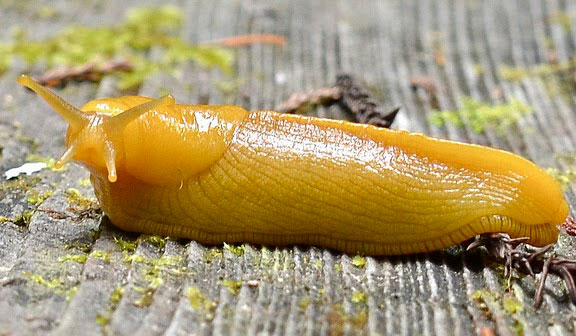
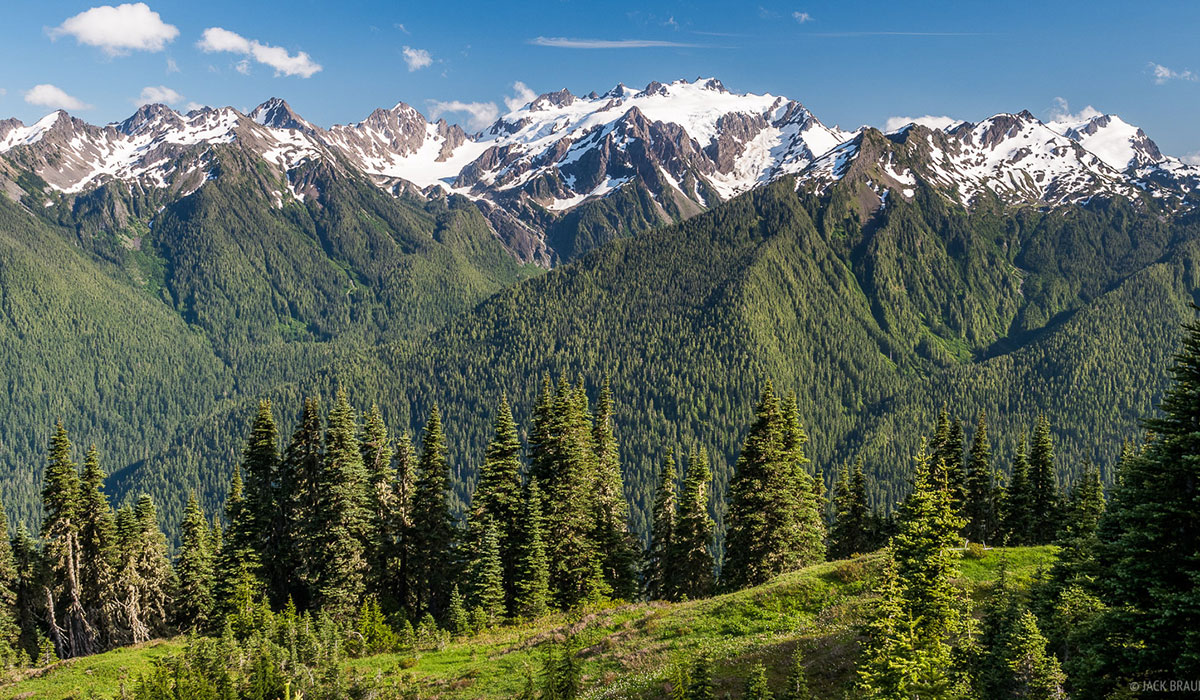
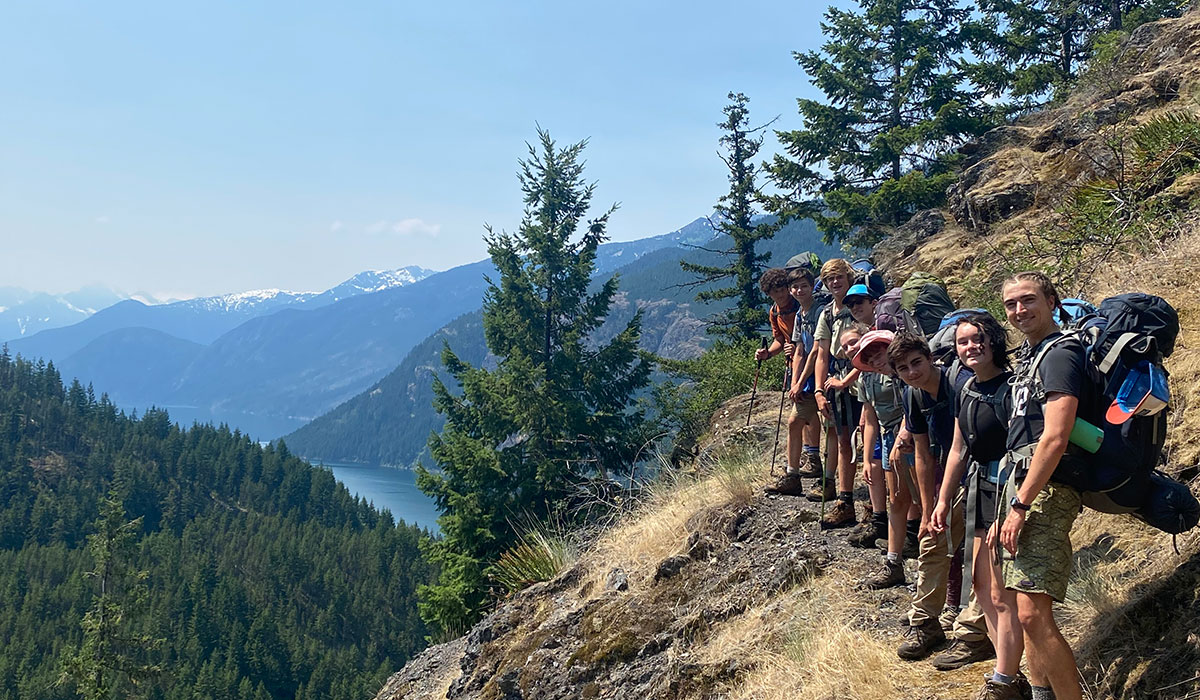 What are learning styles?
What are learning styles?